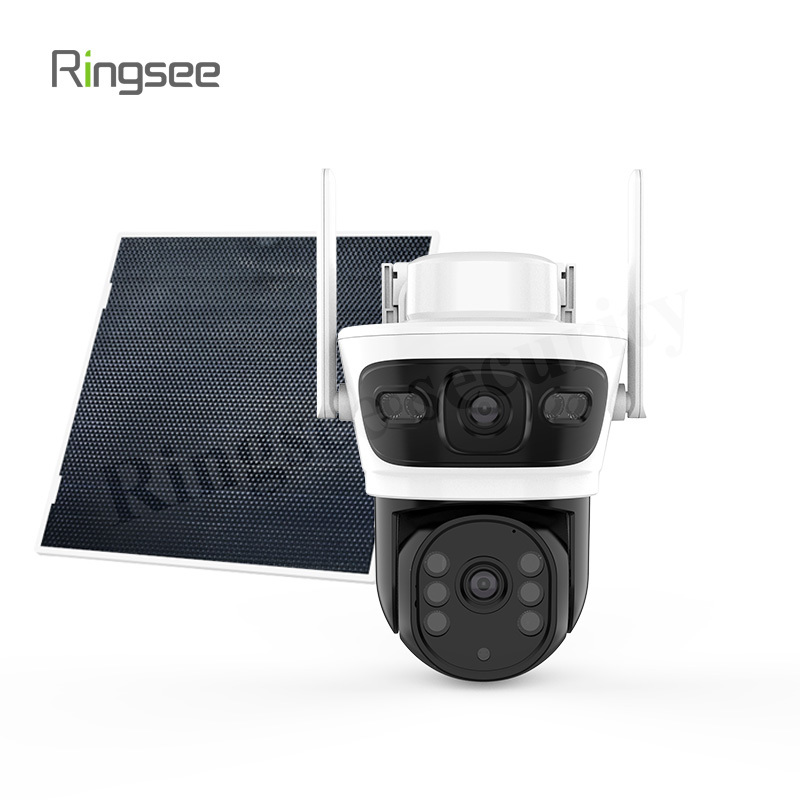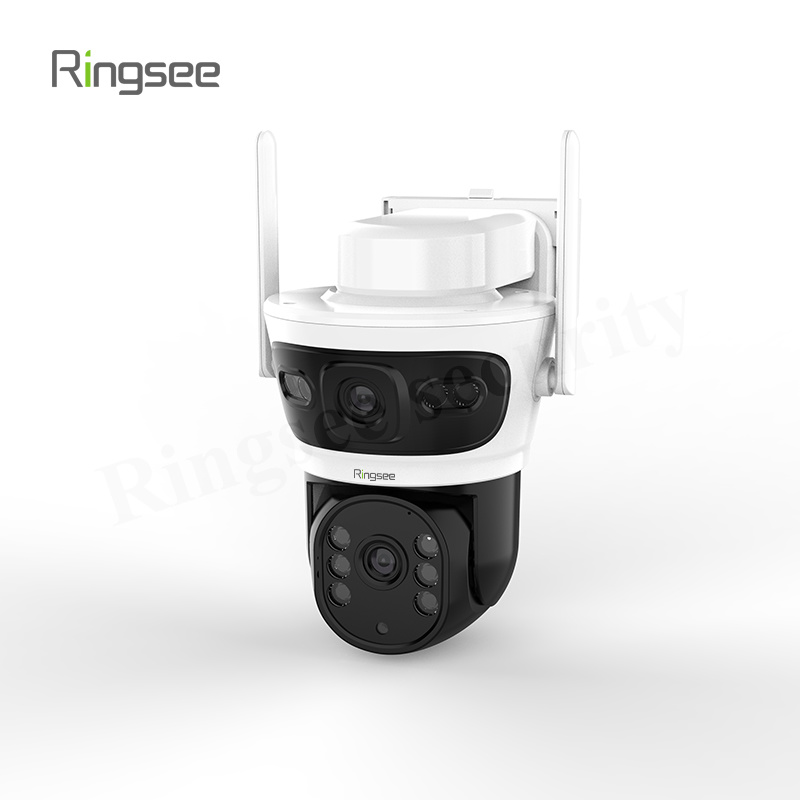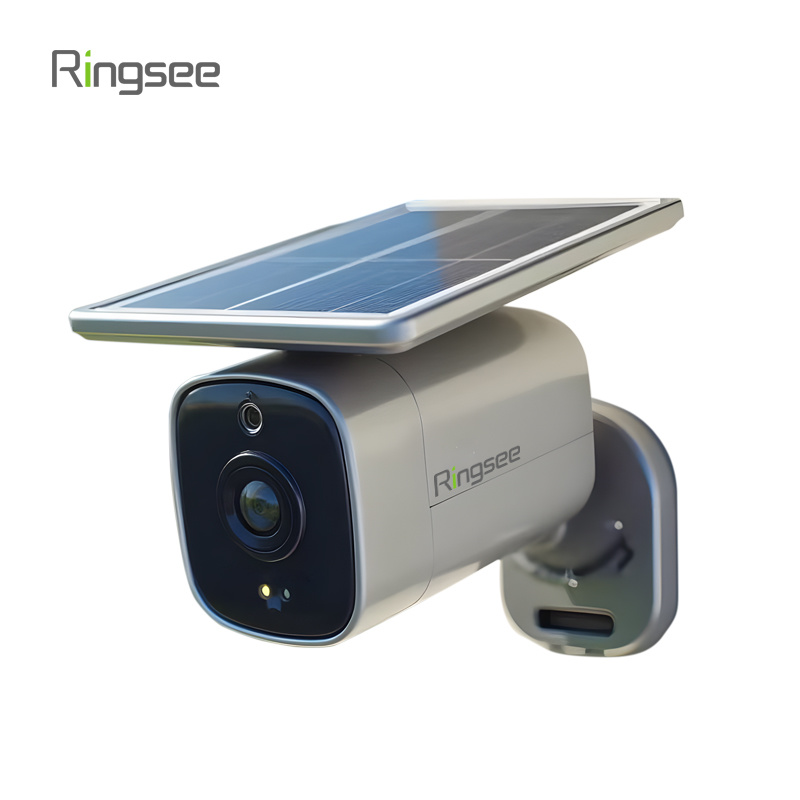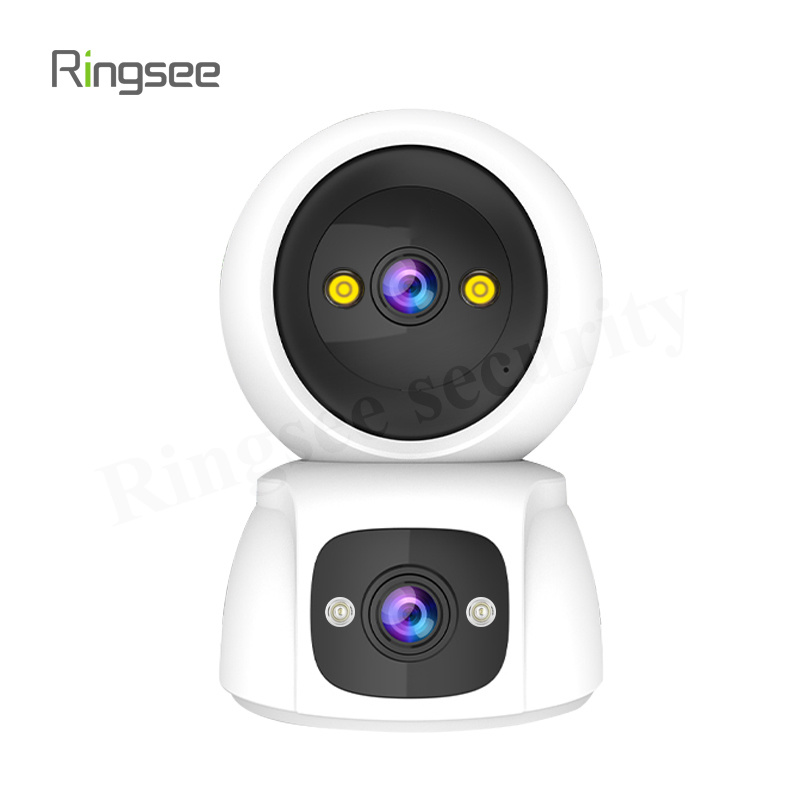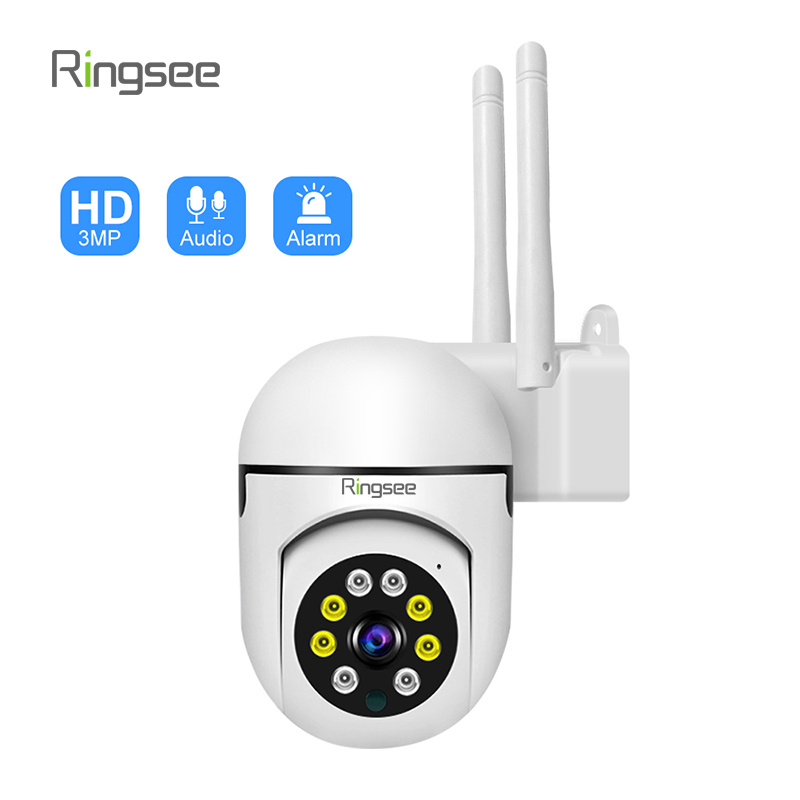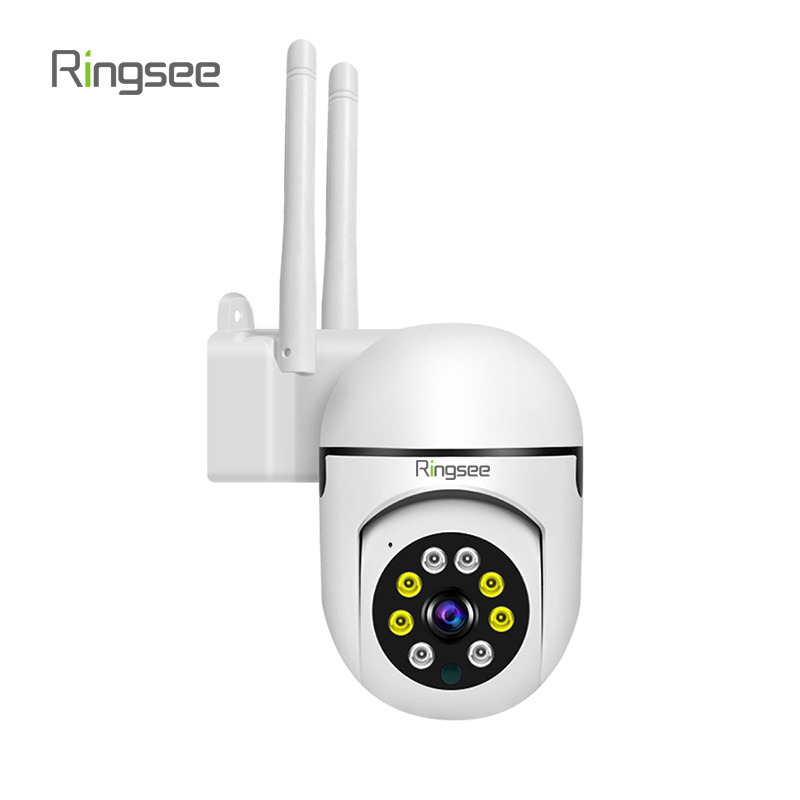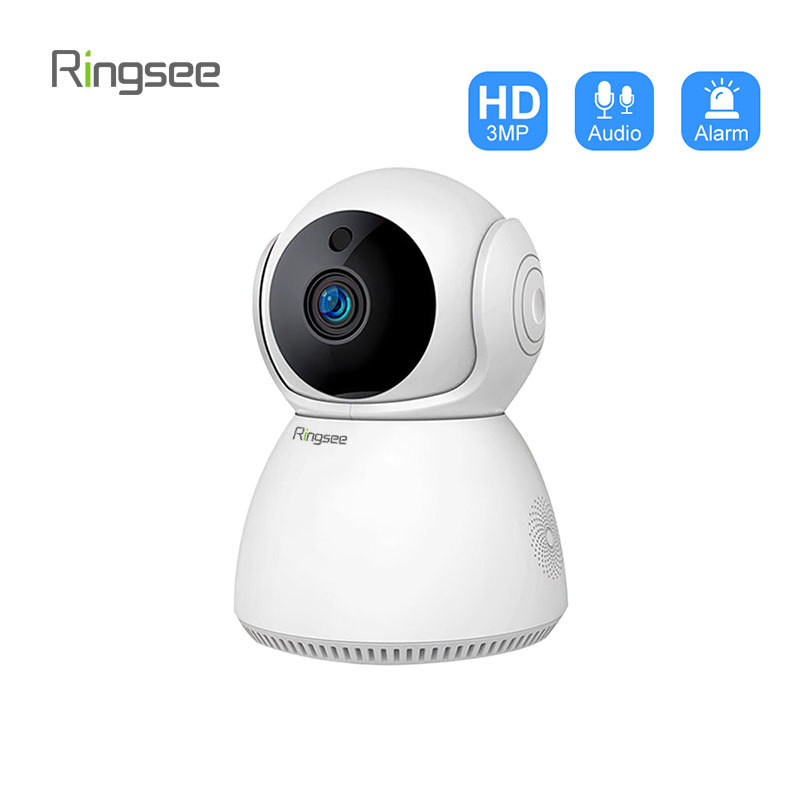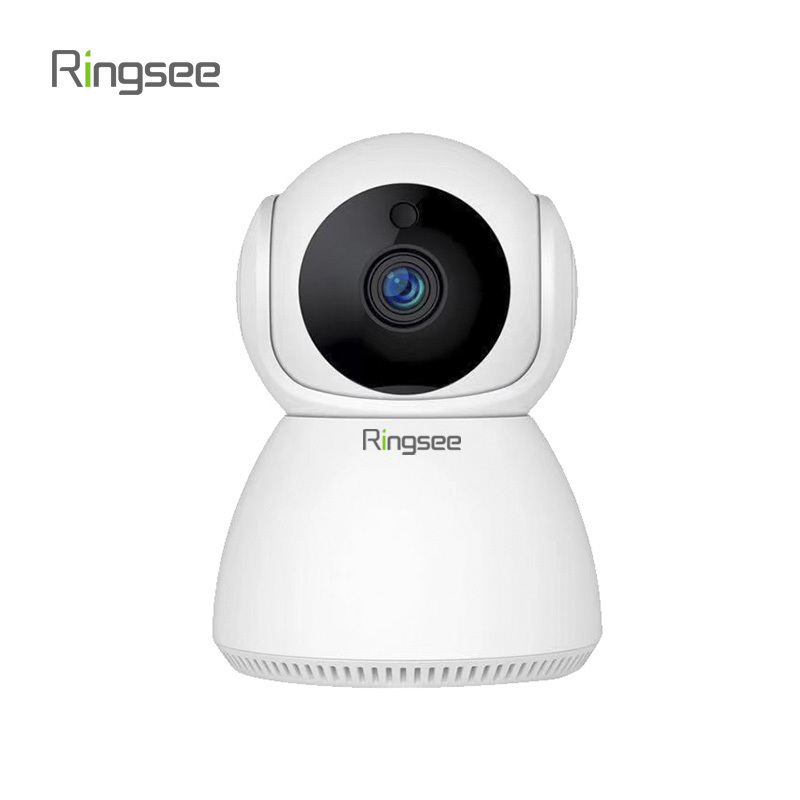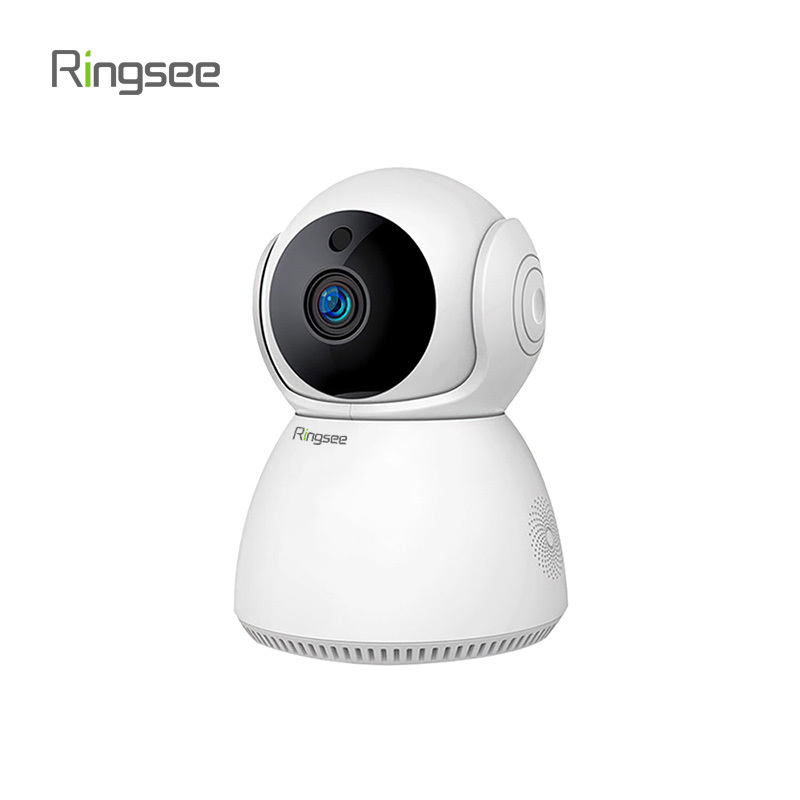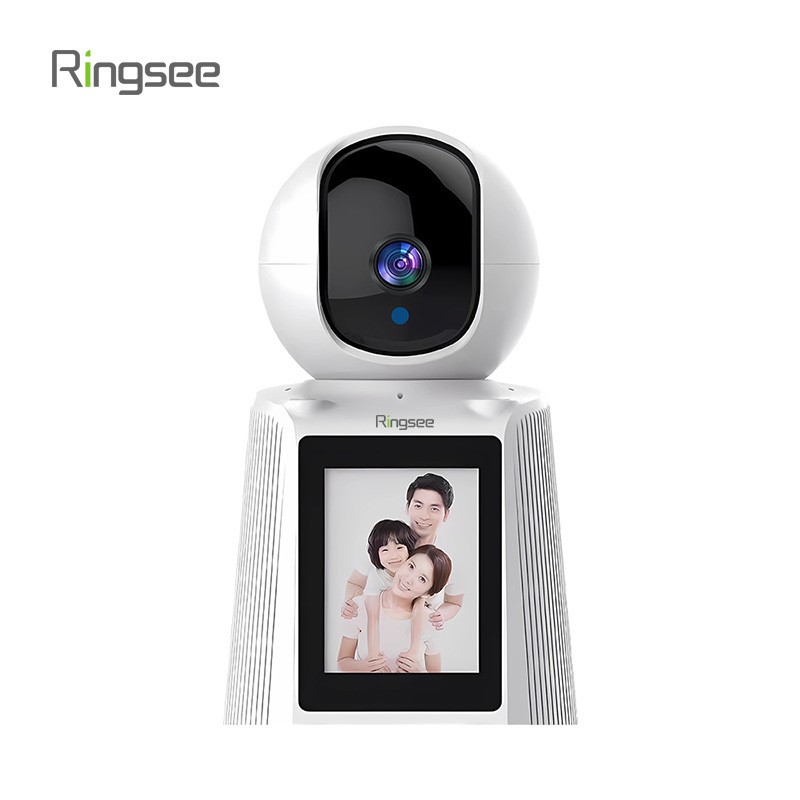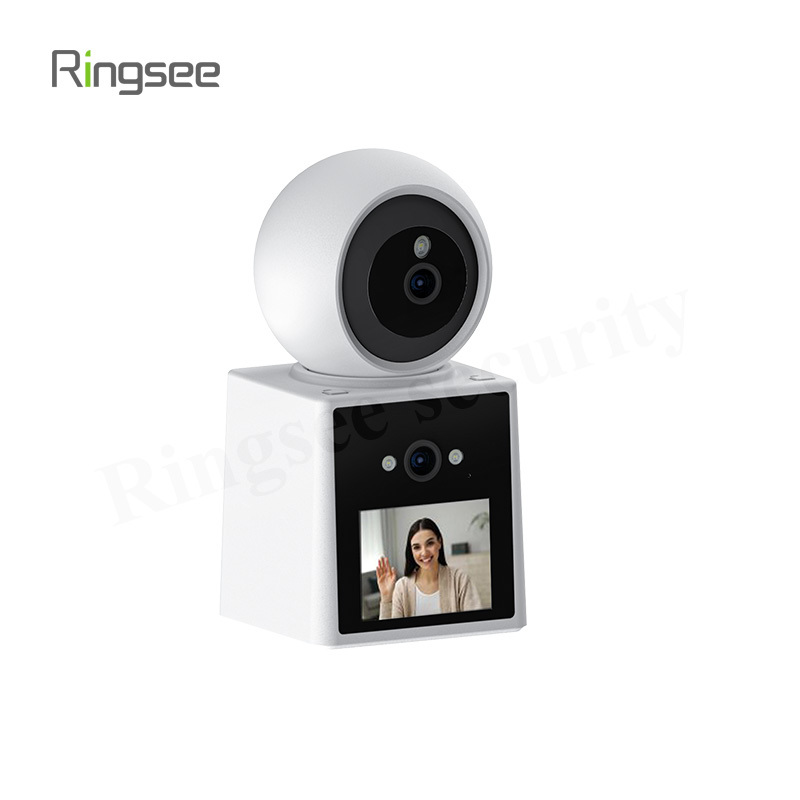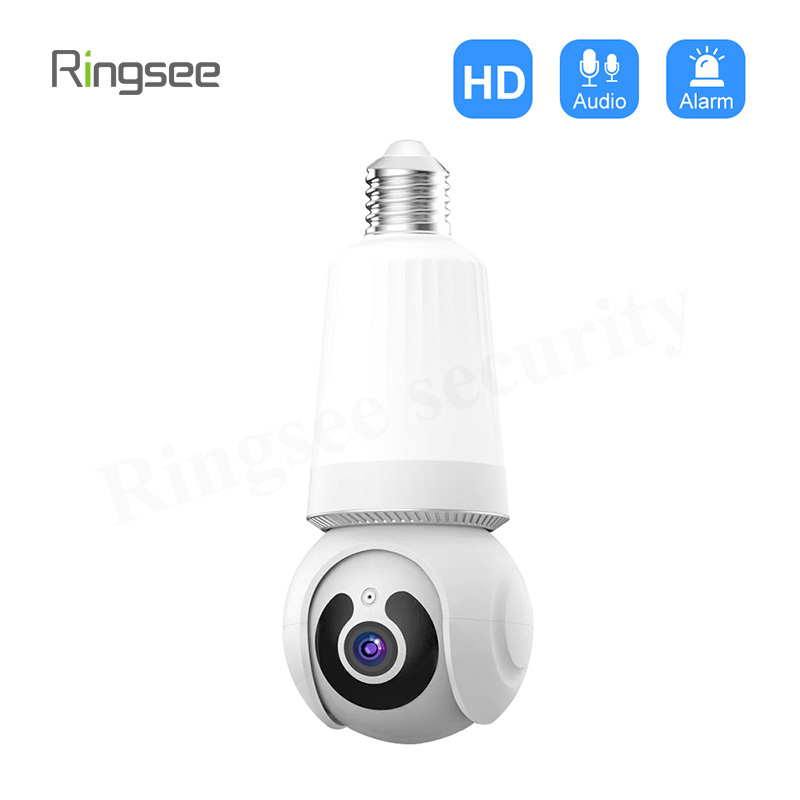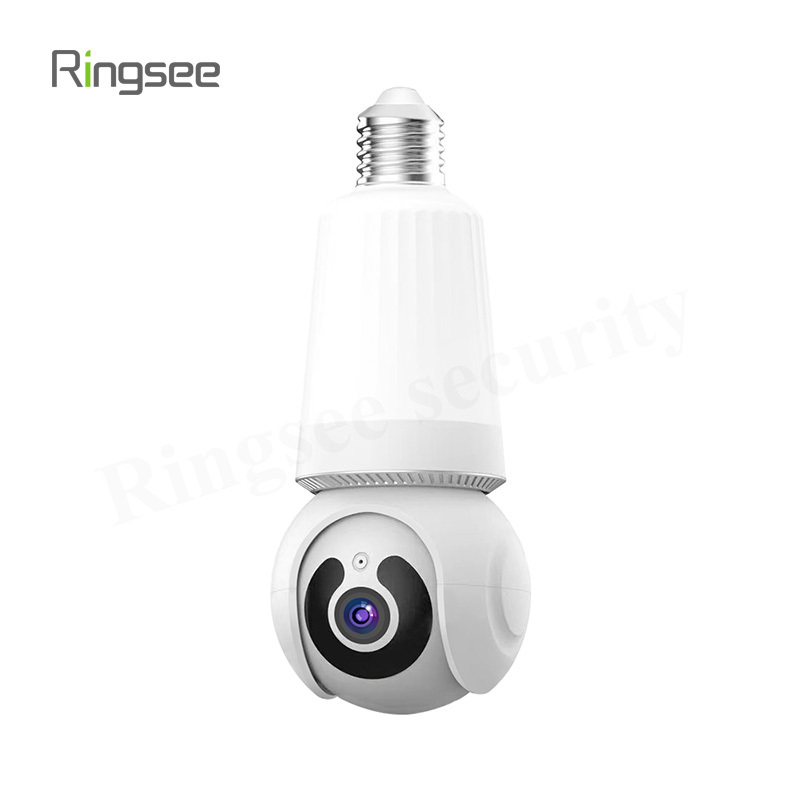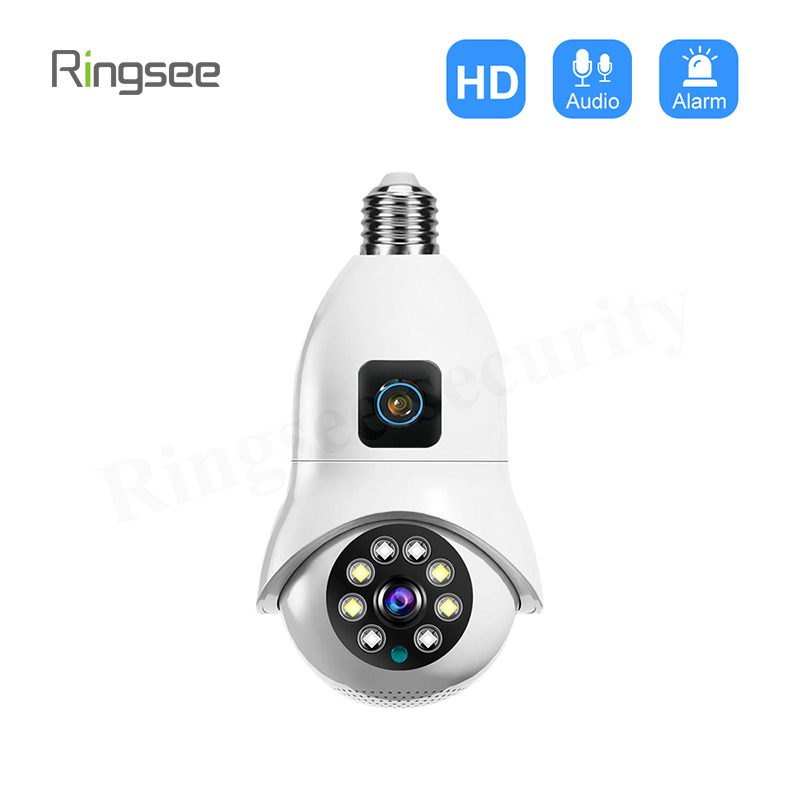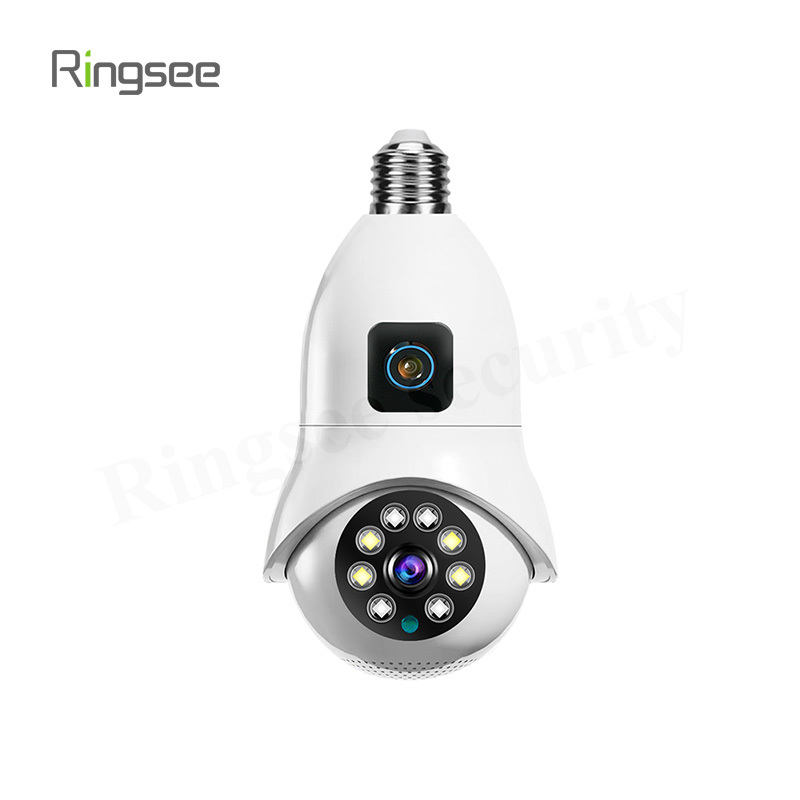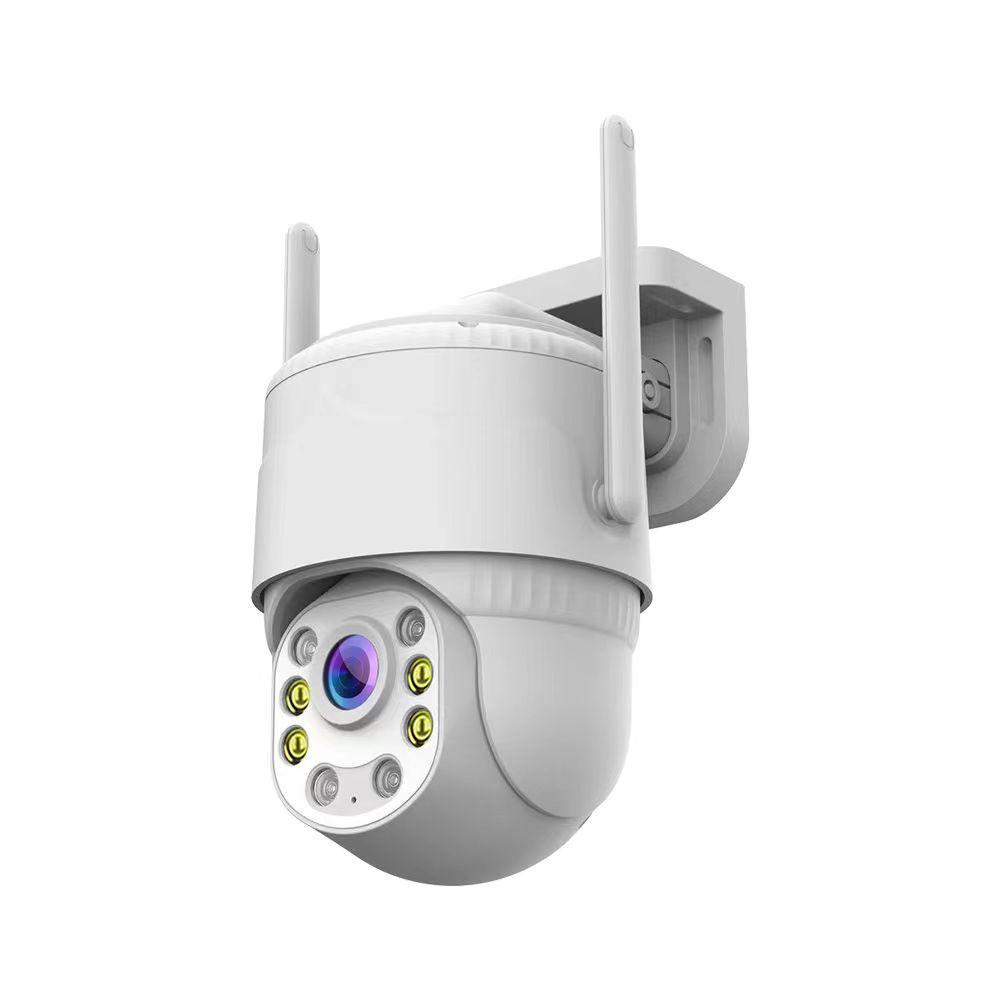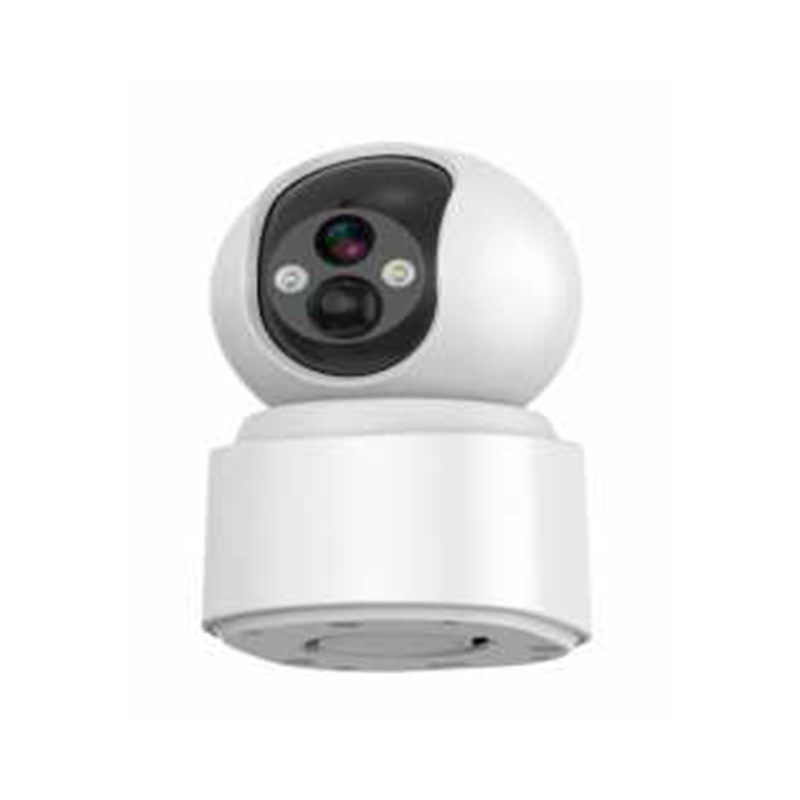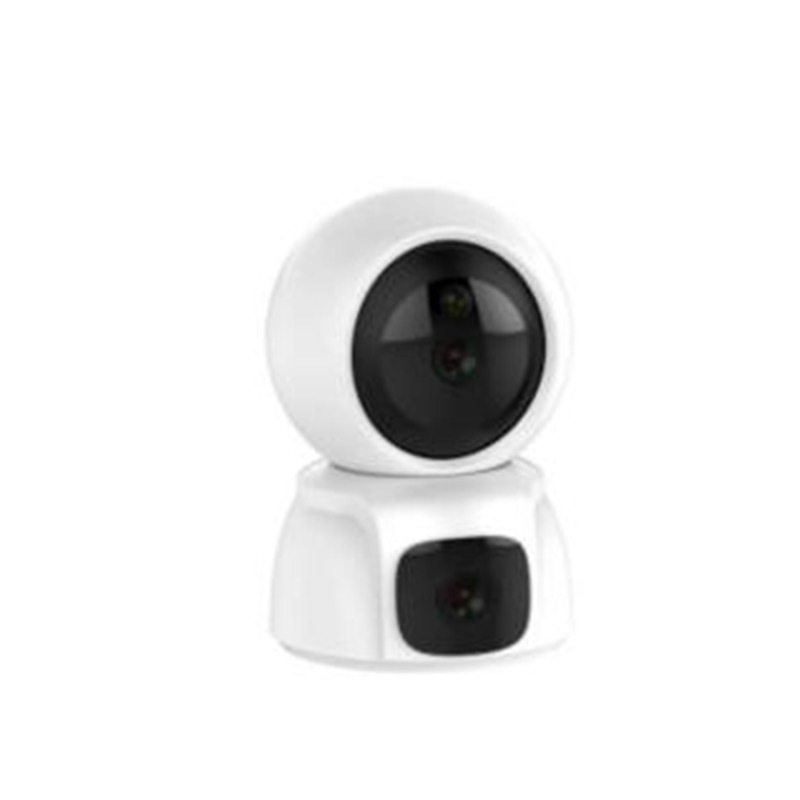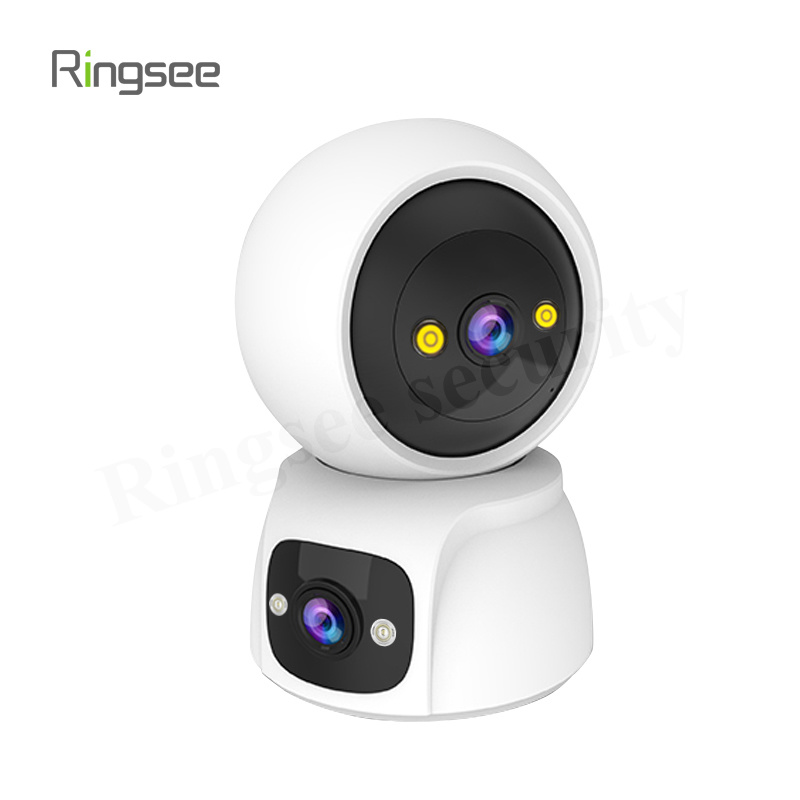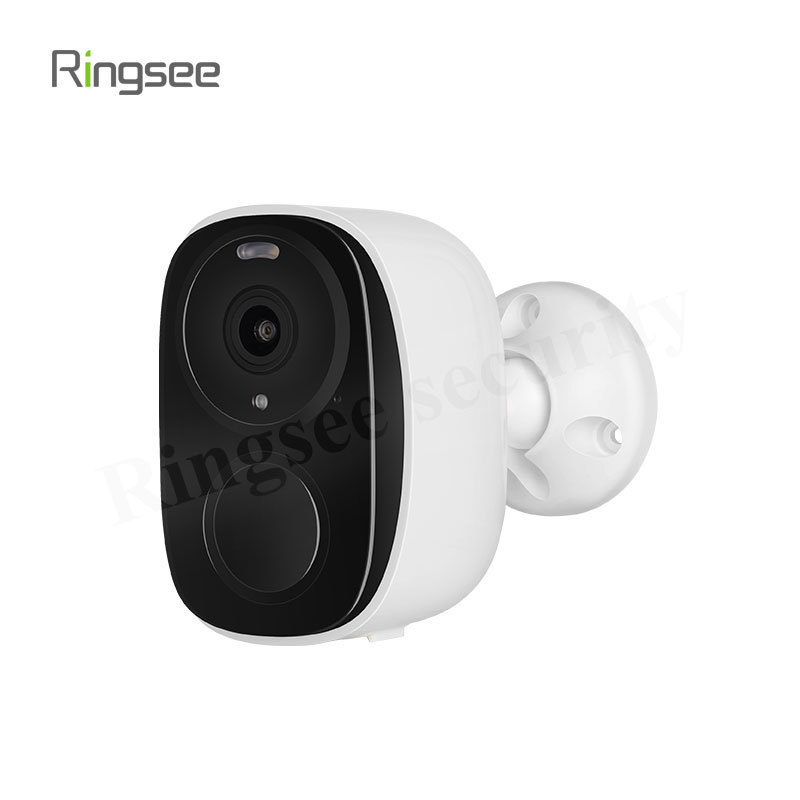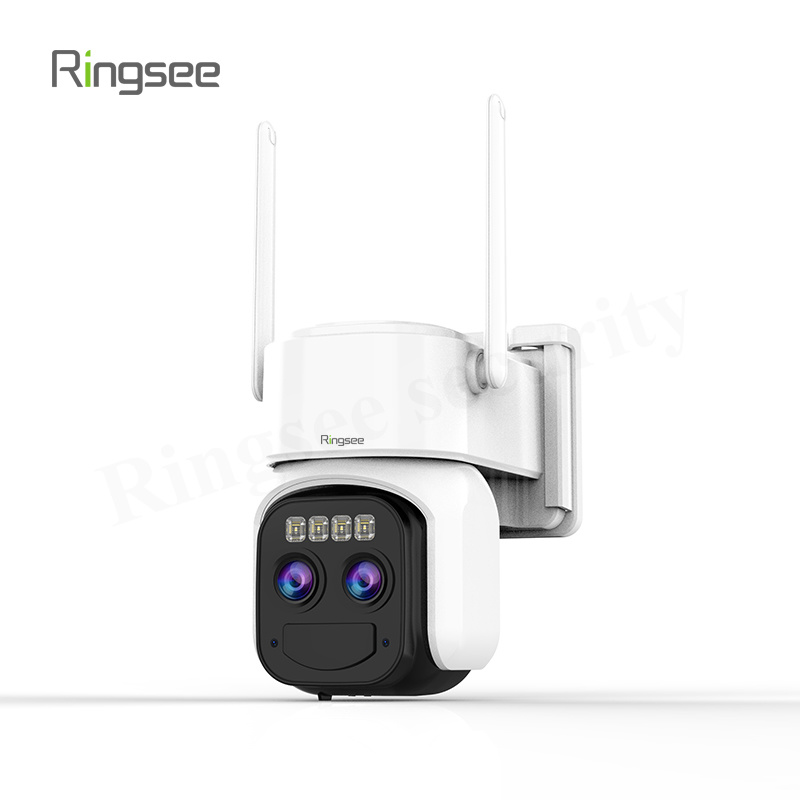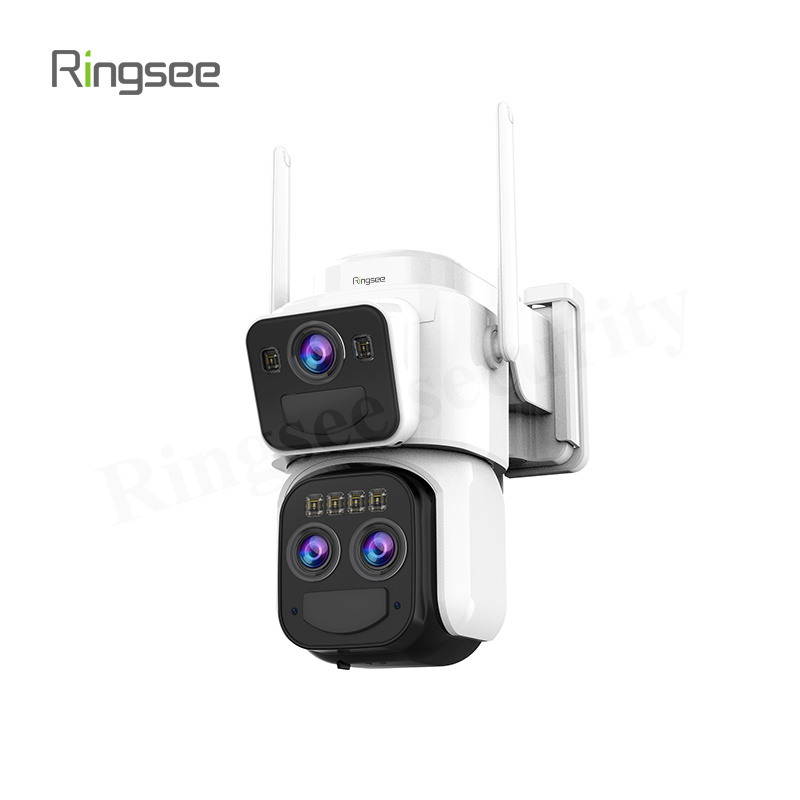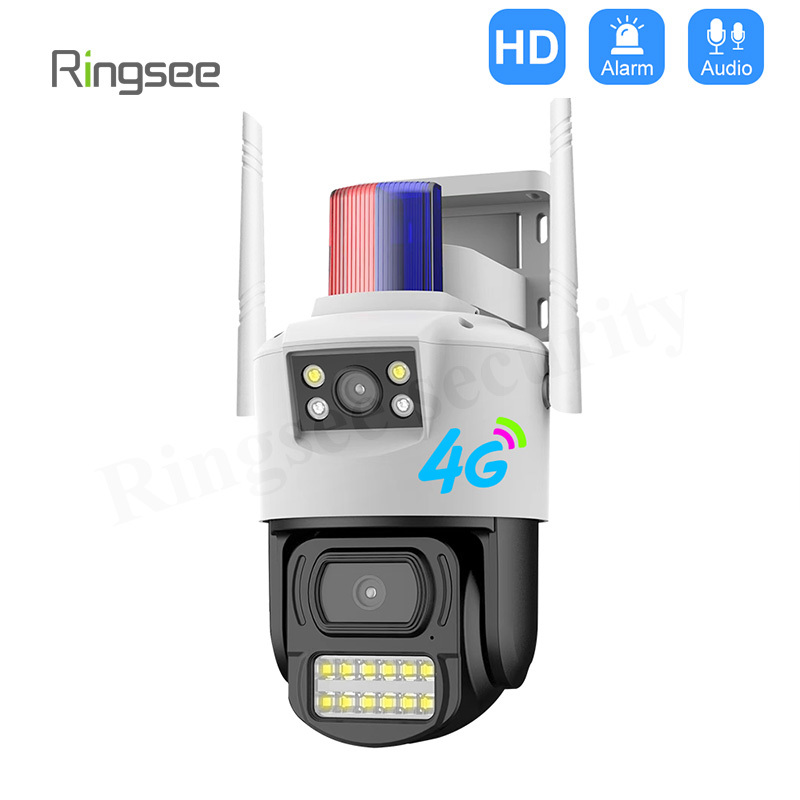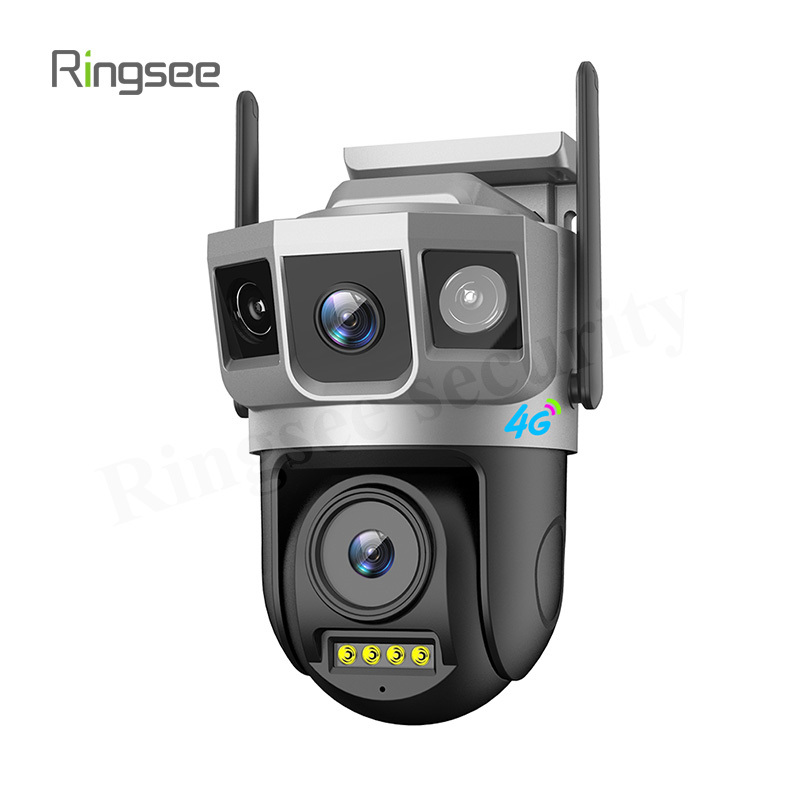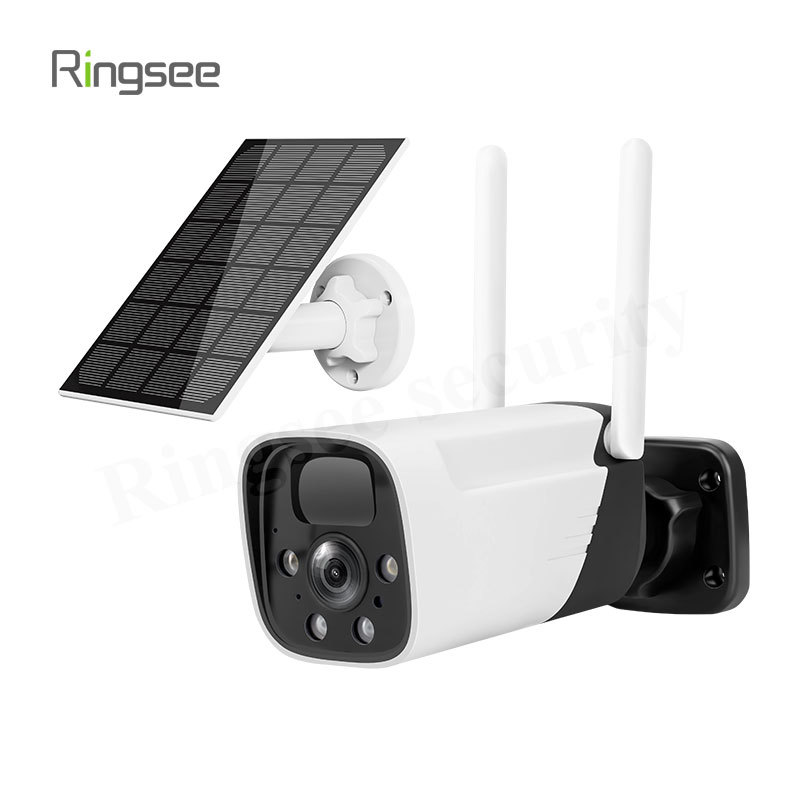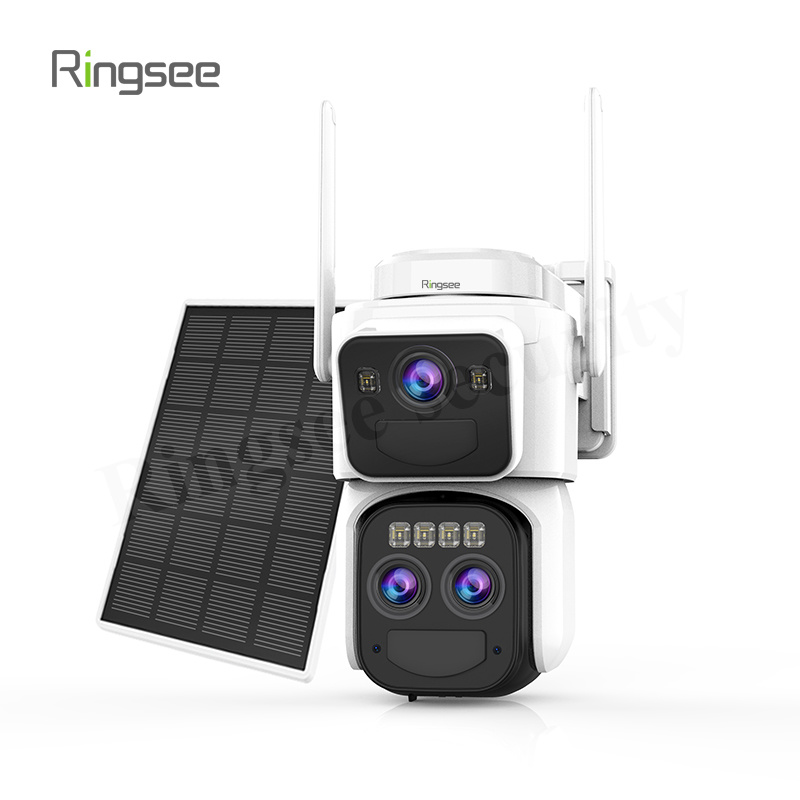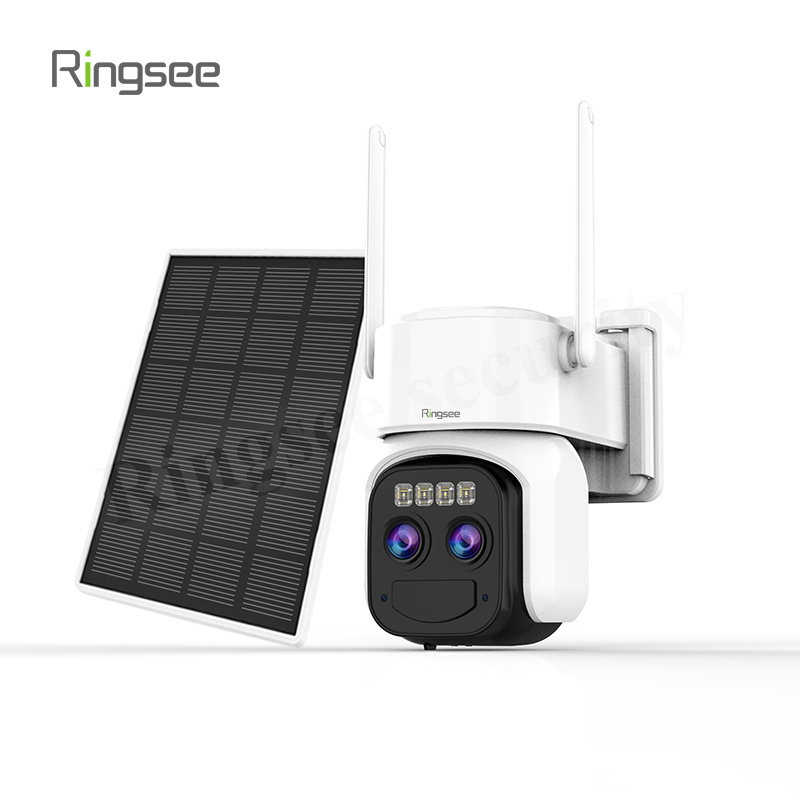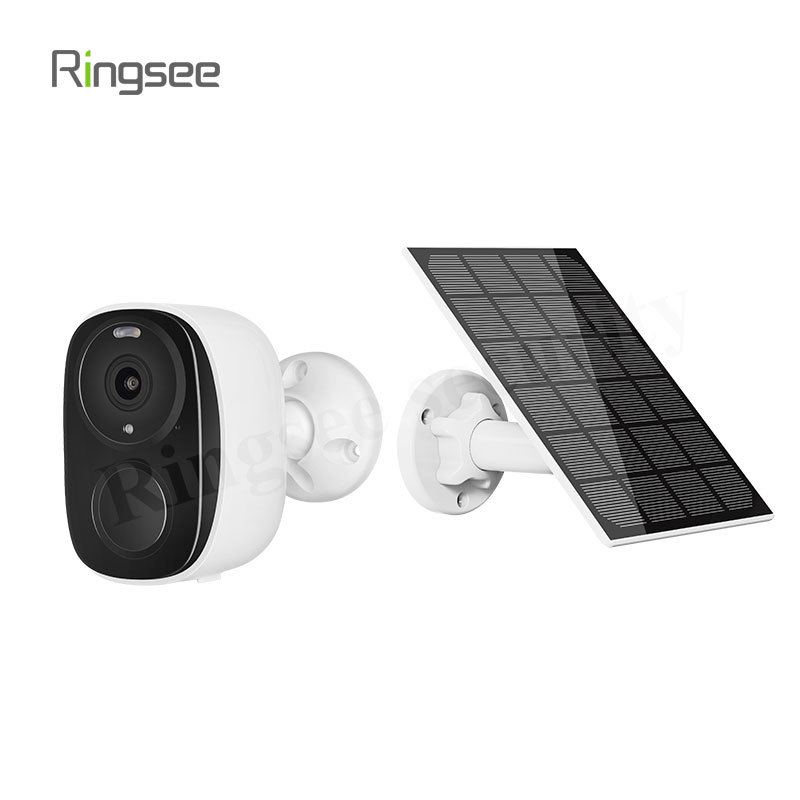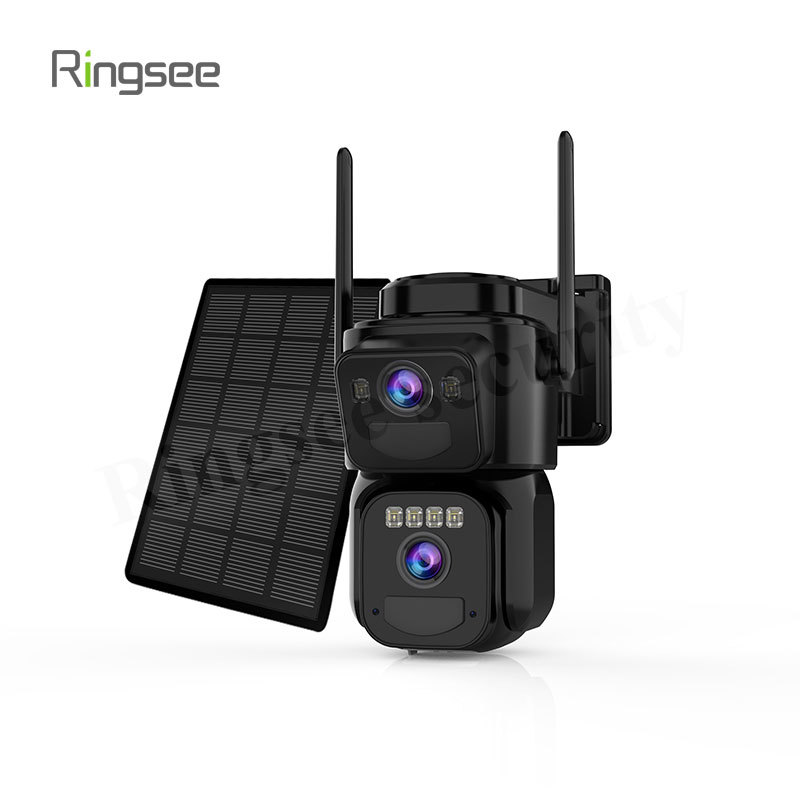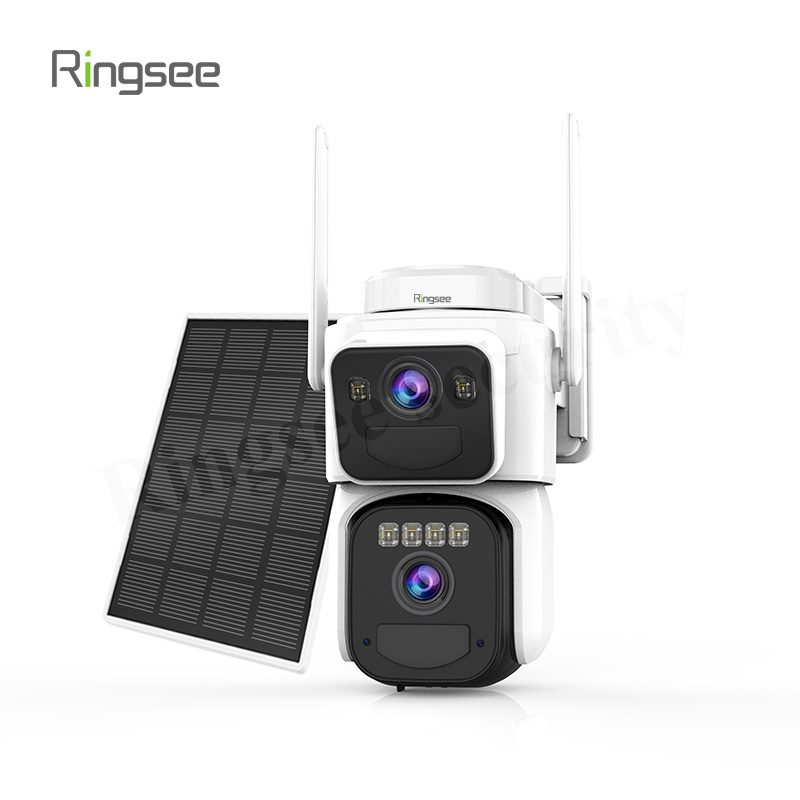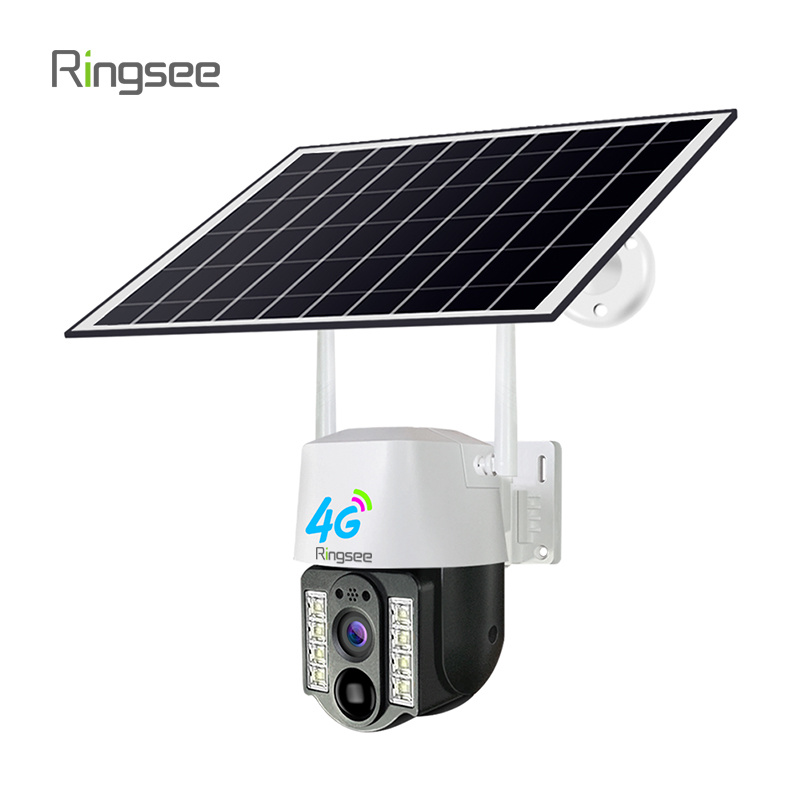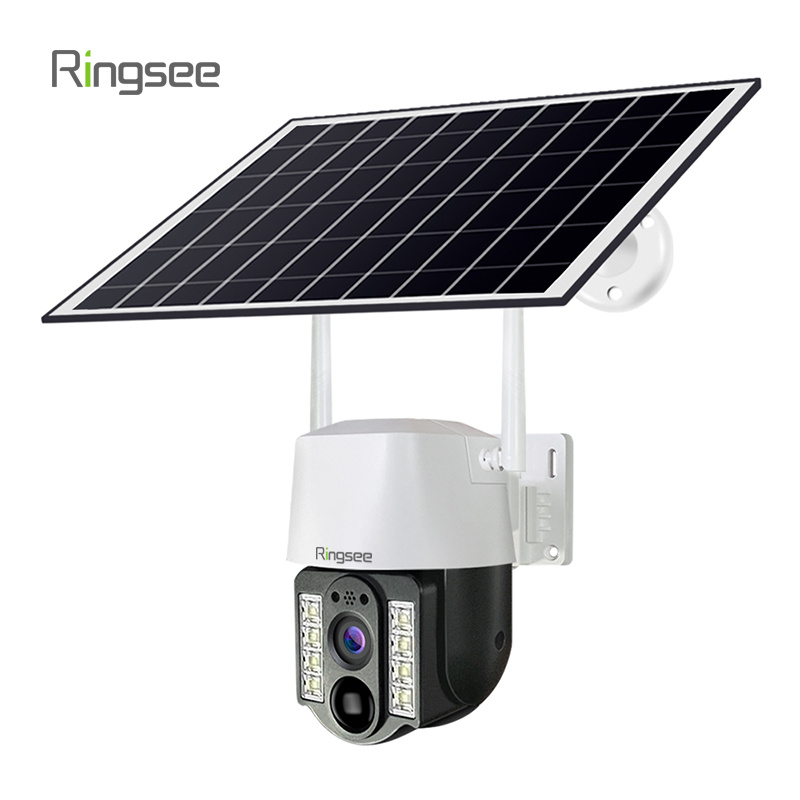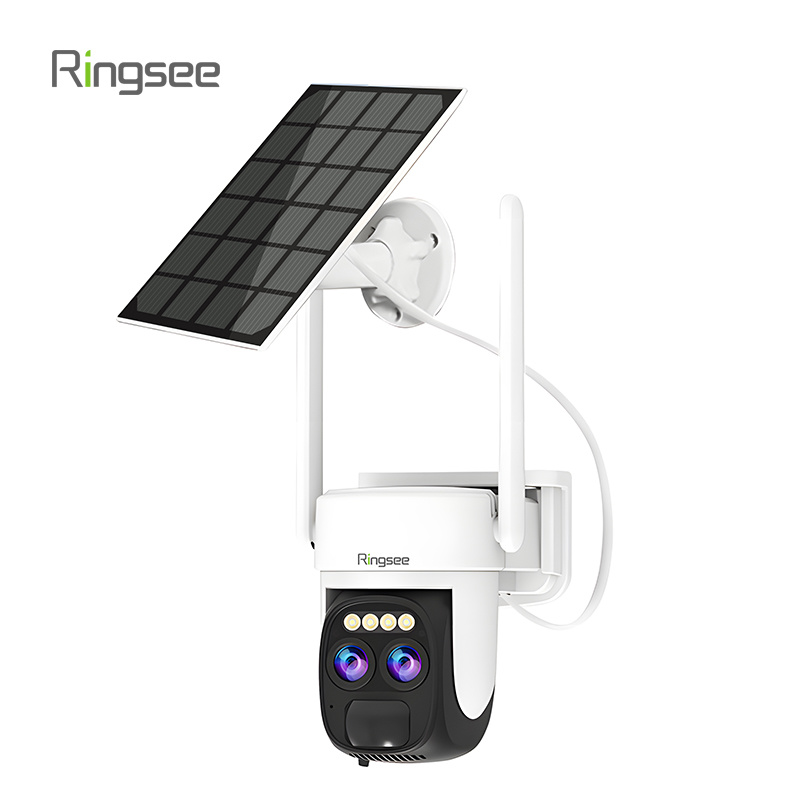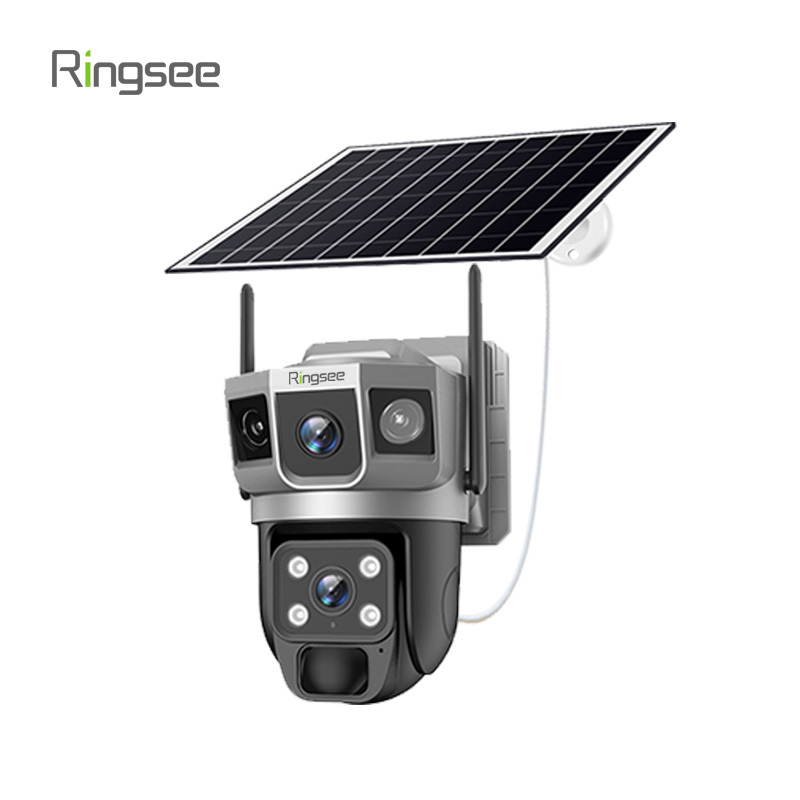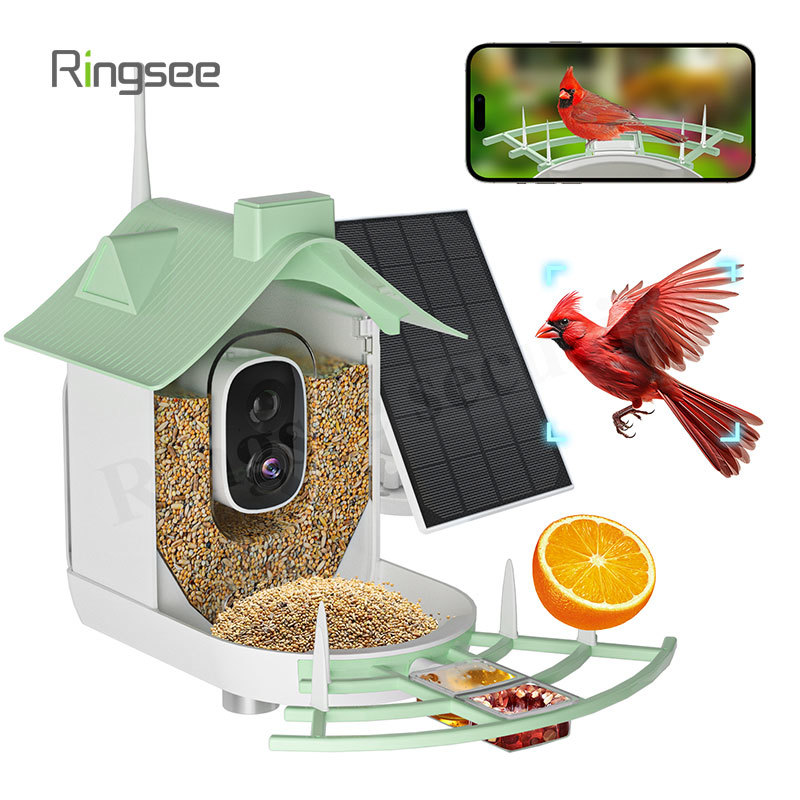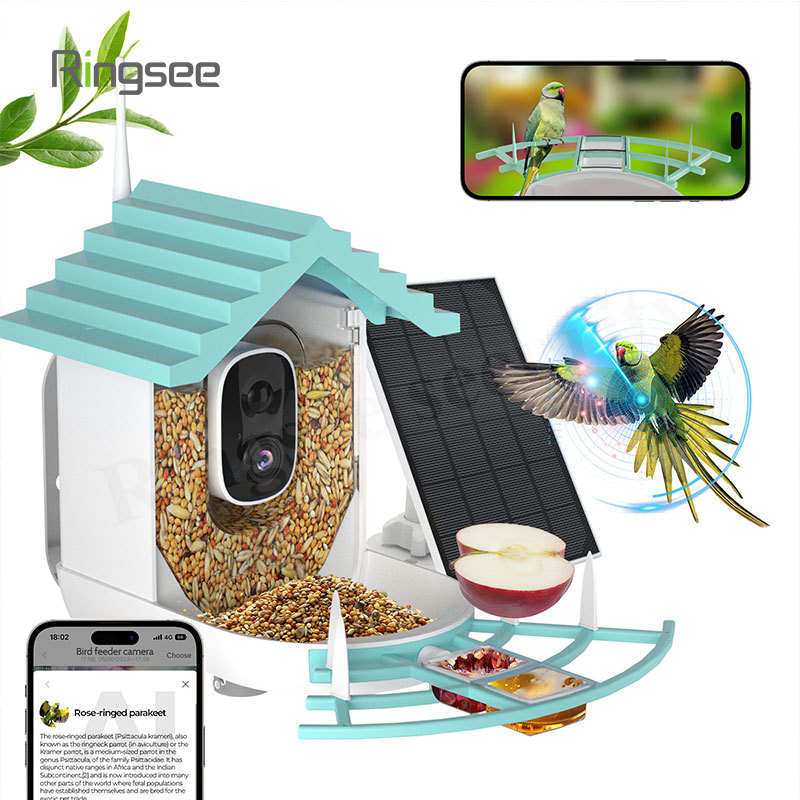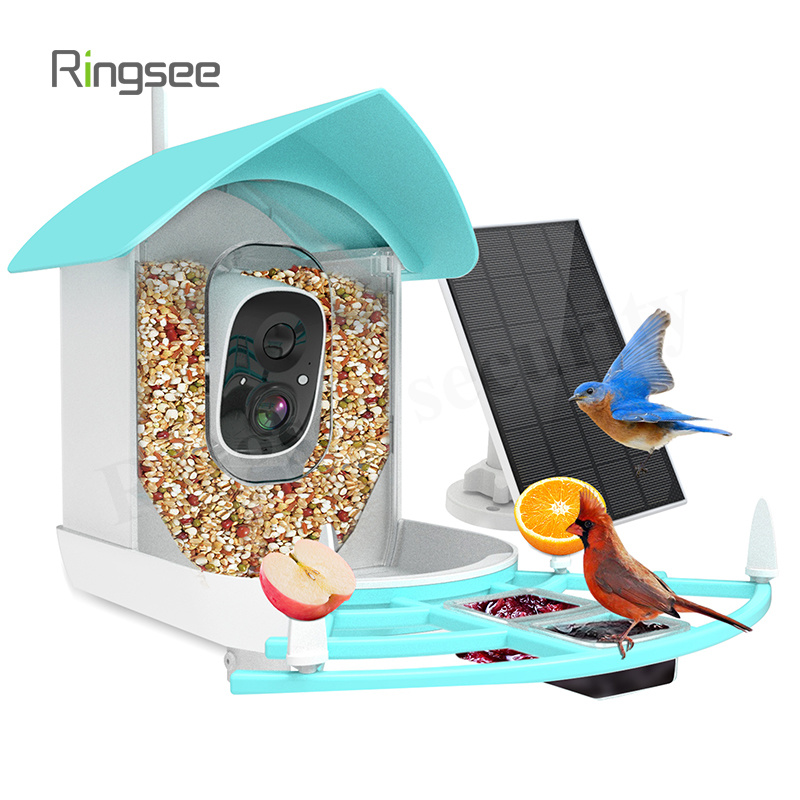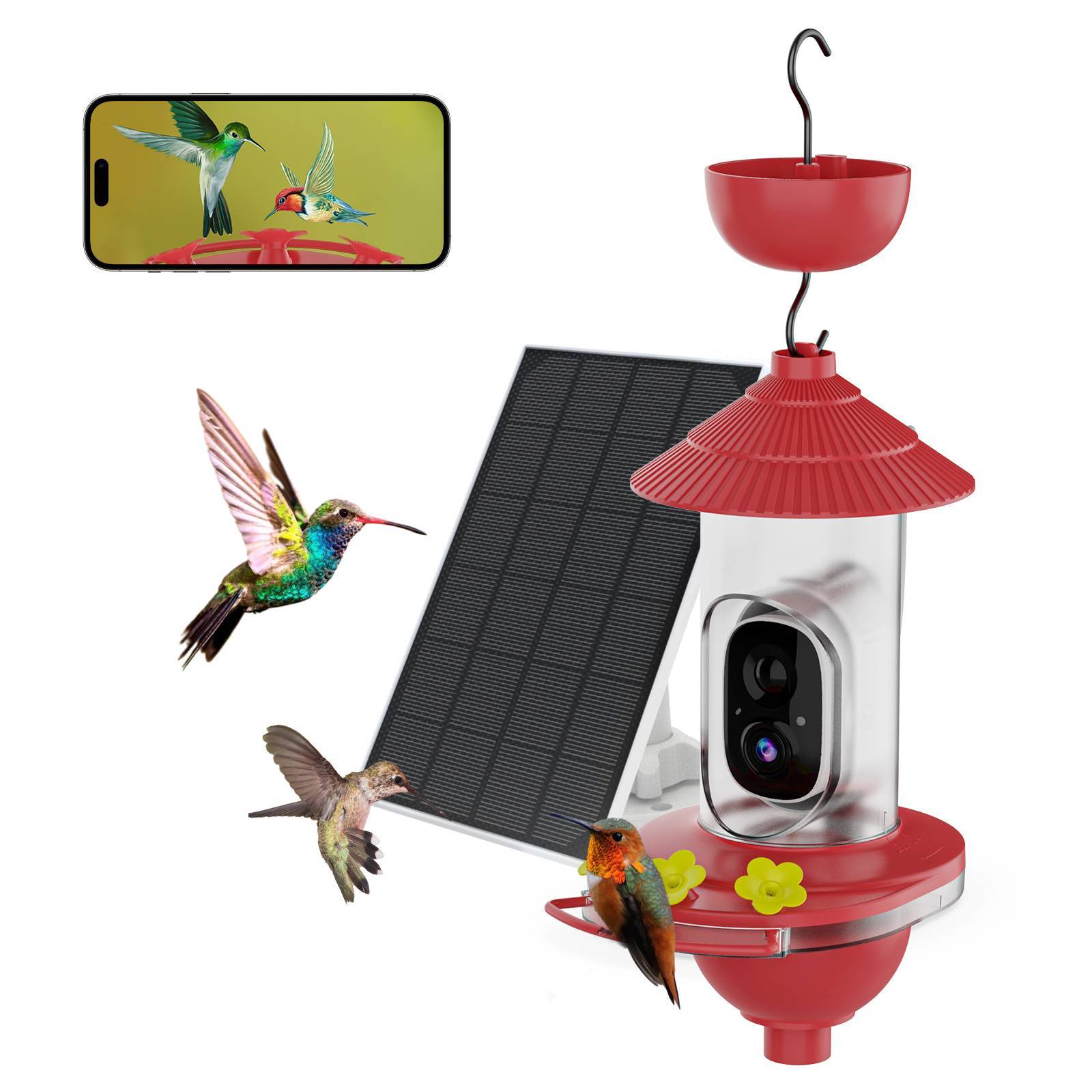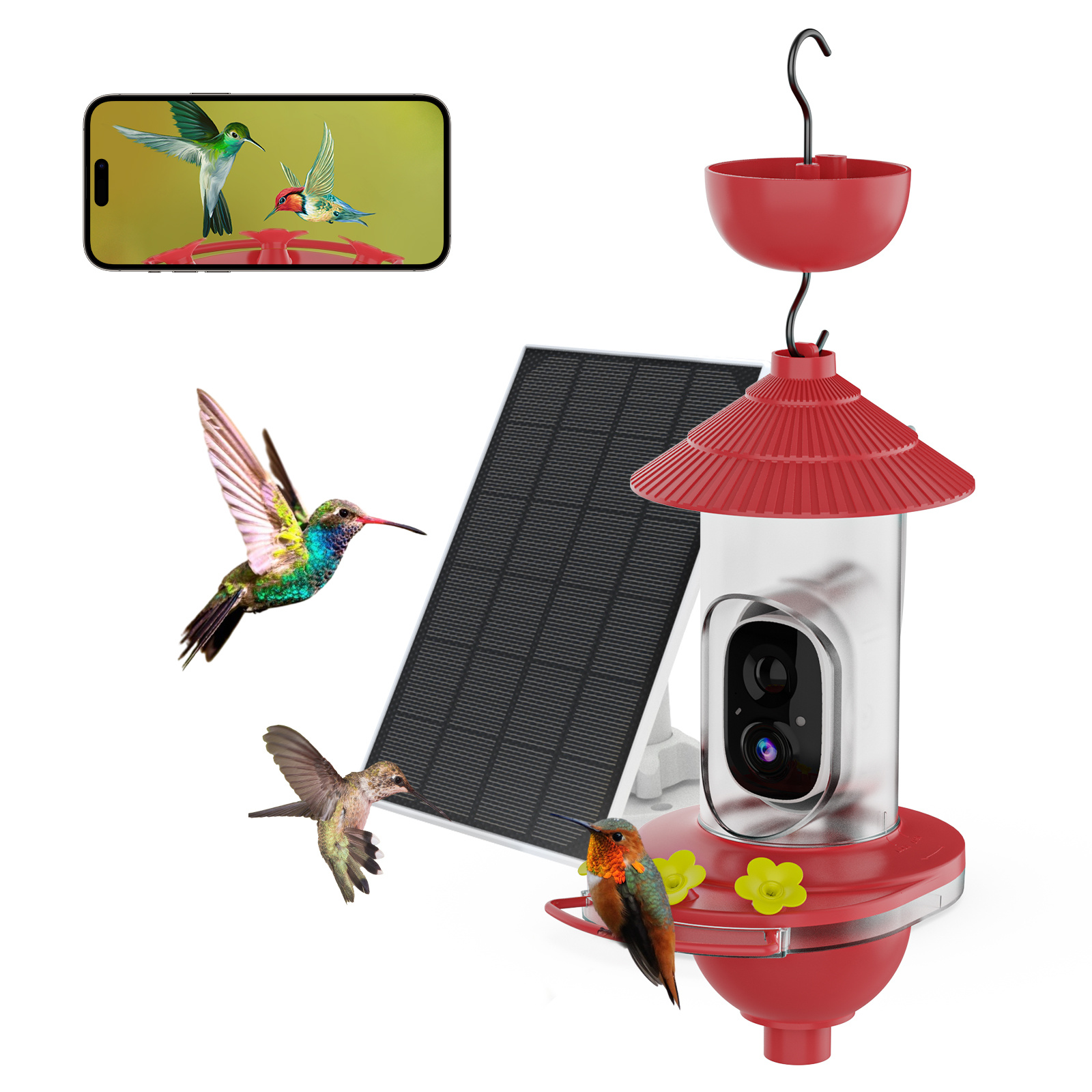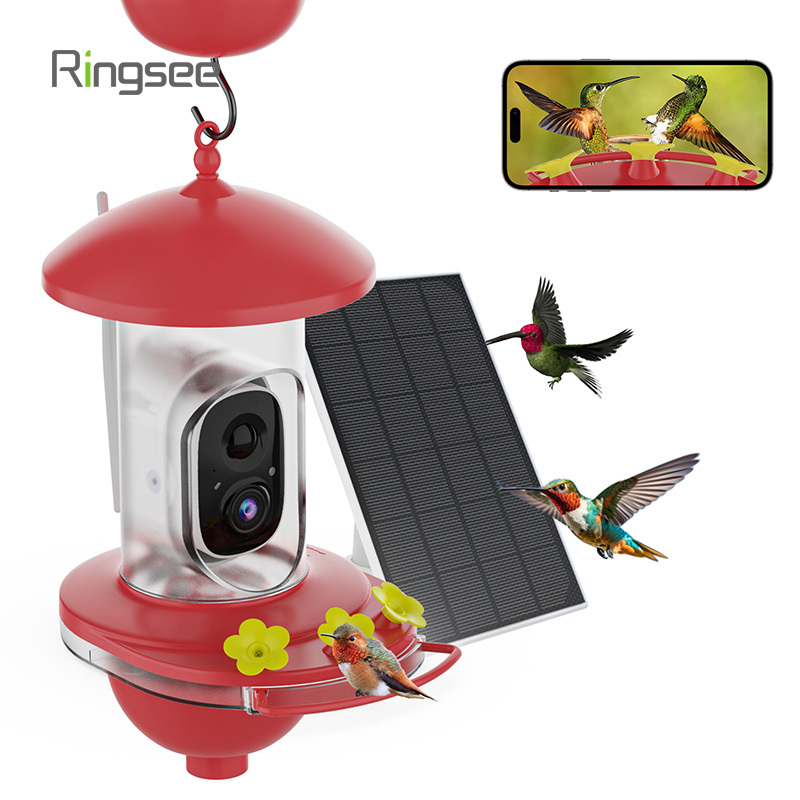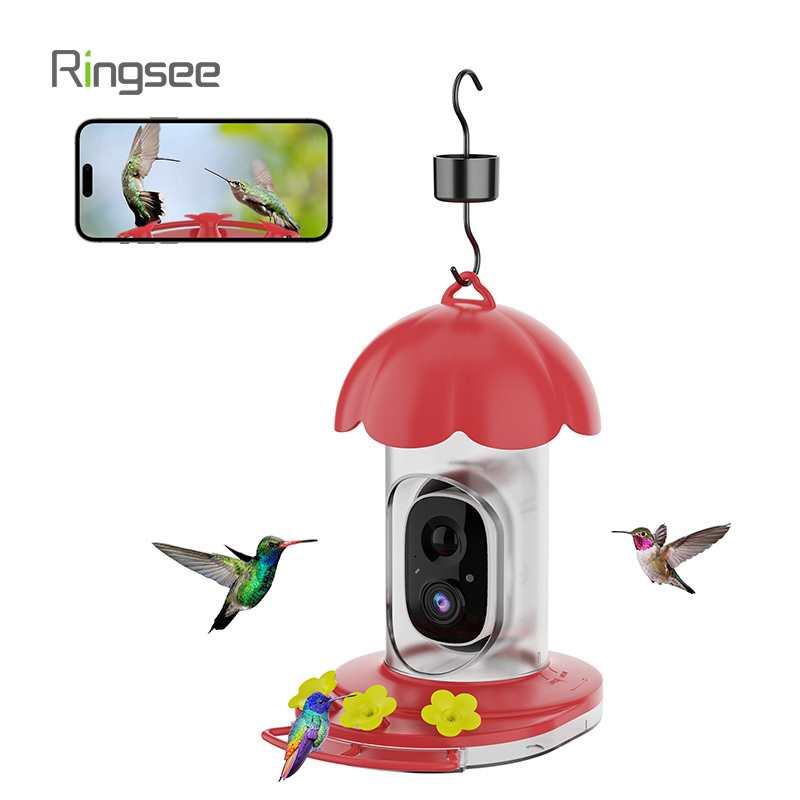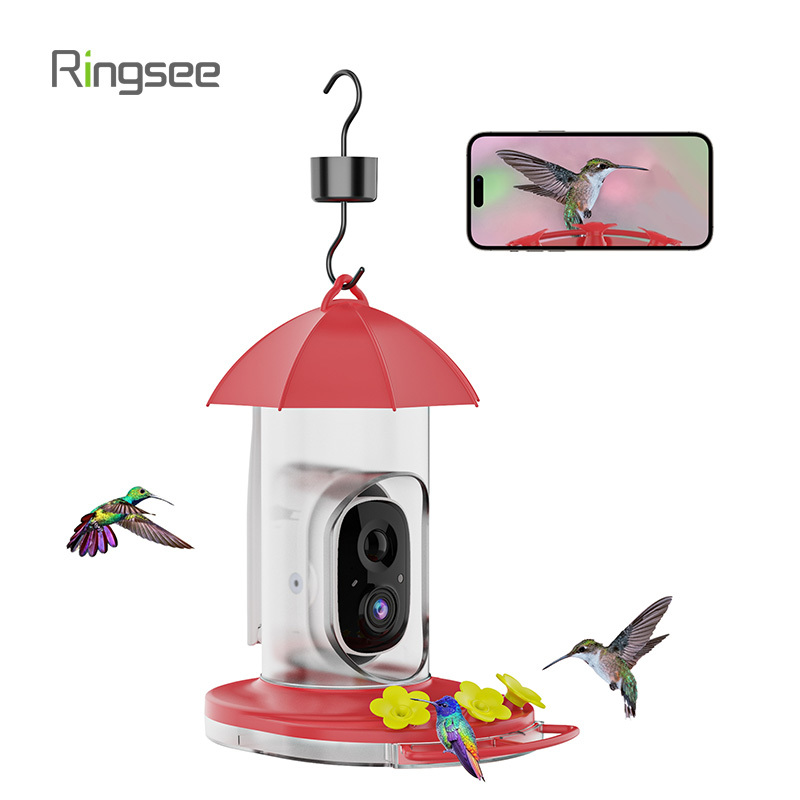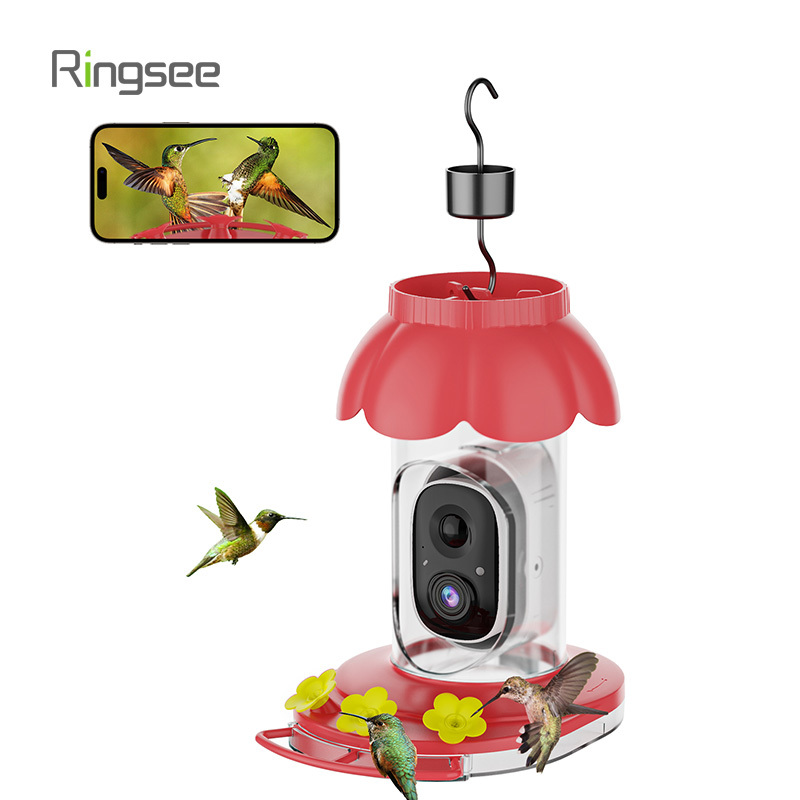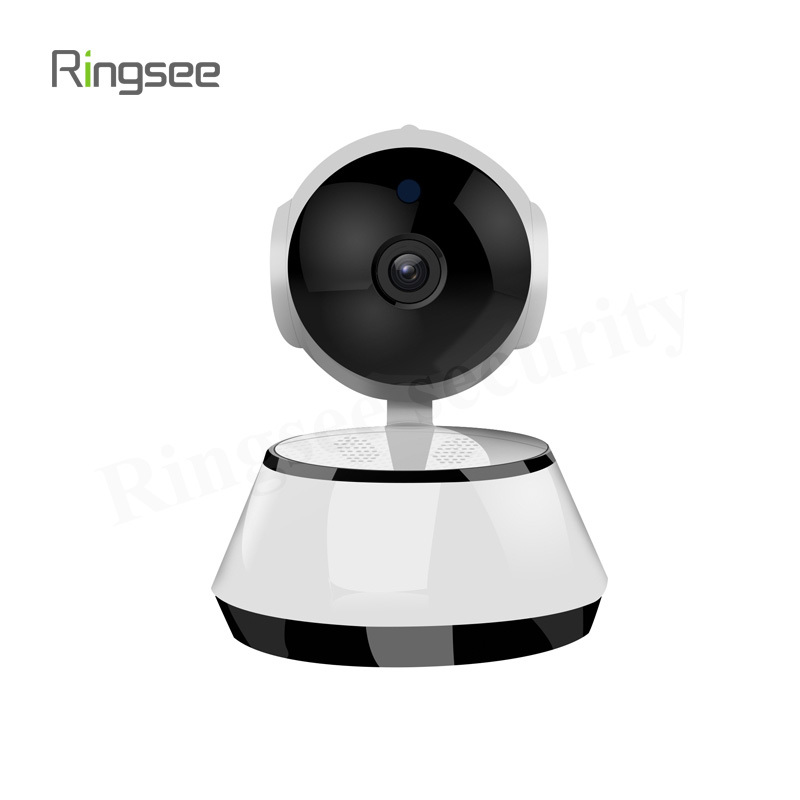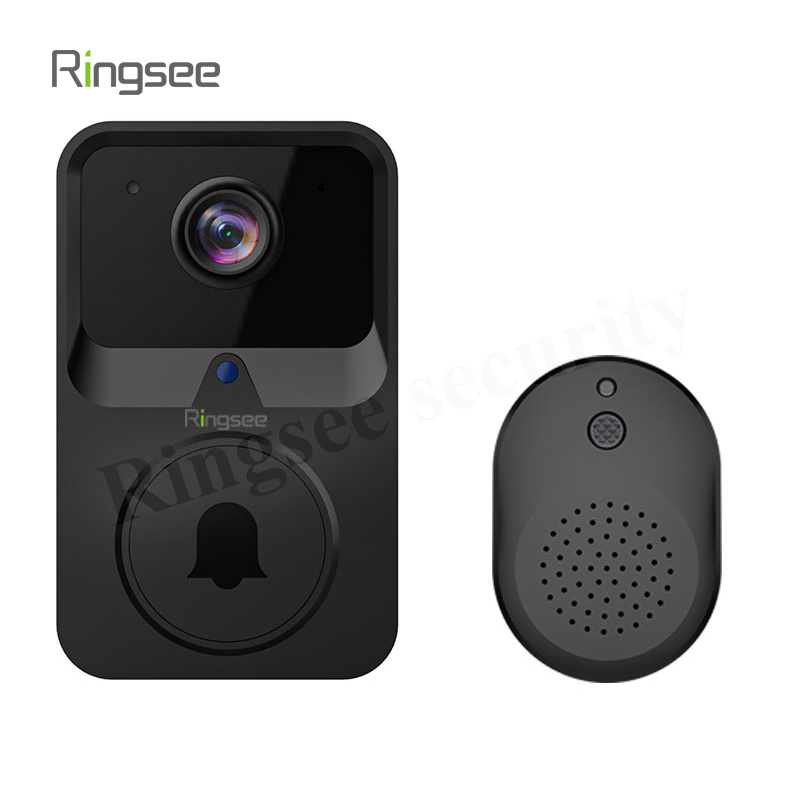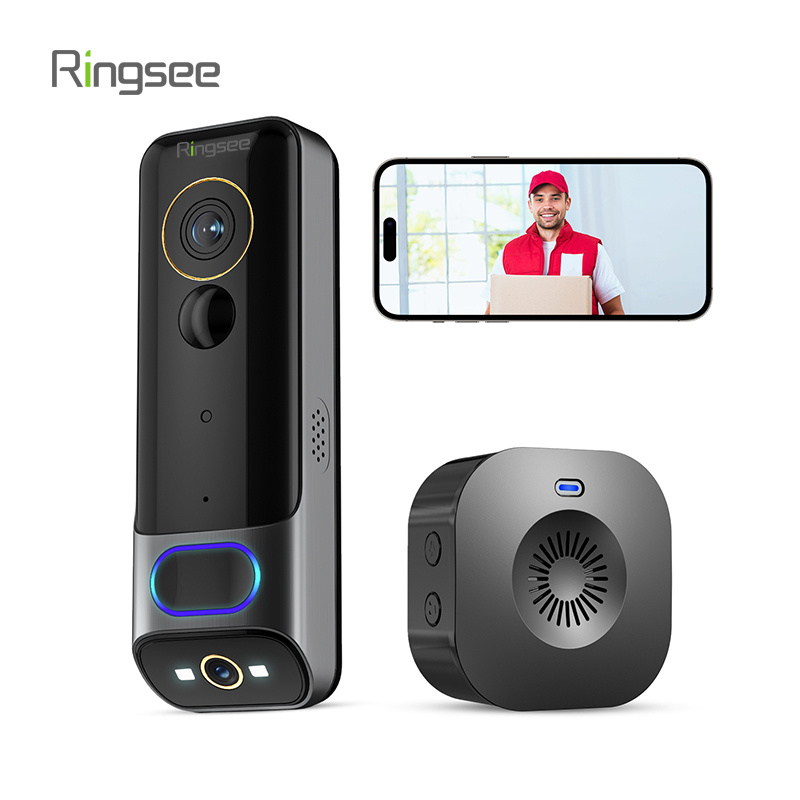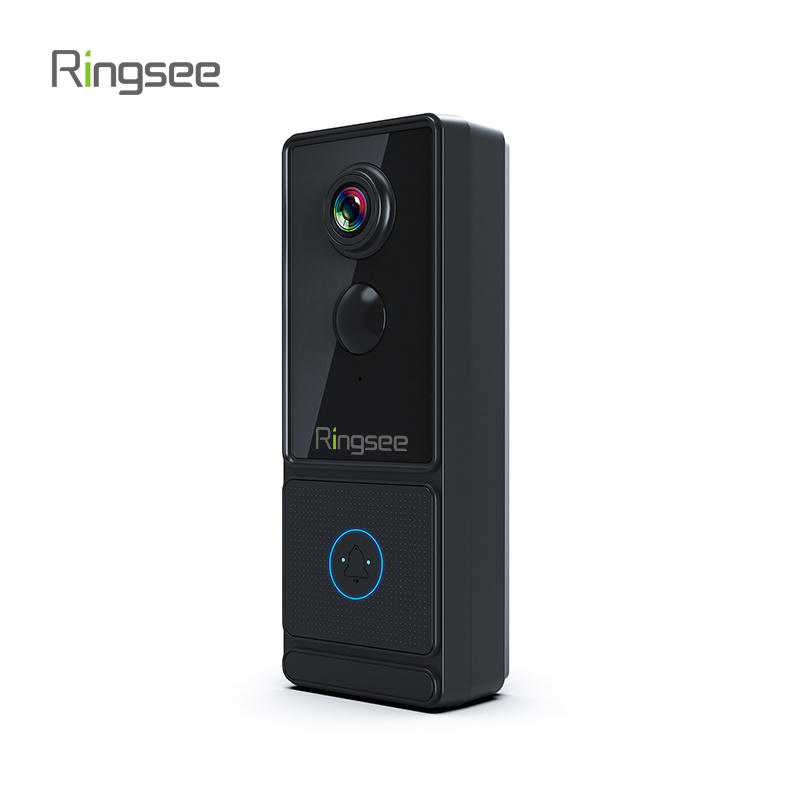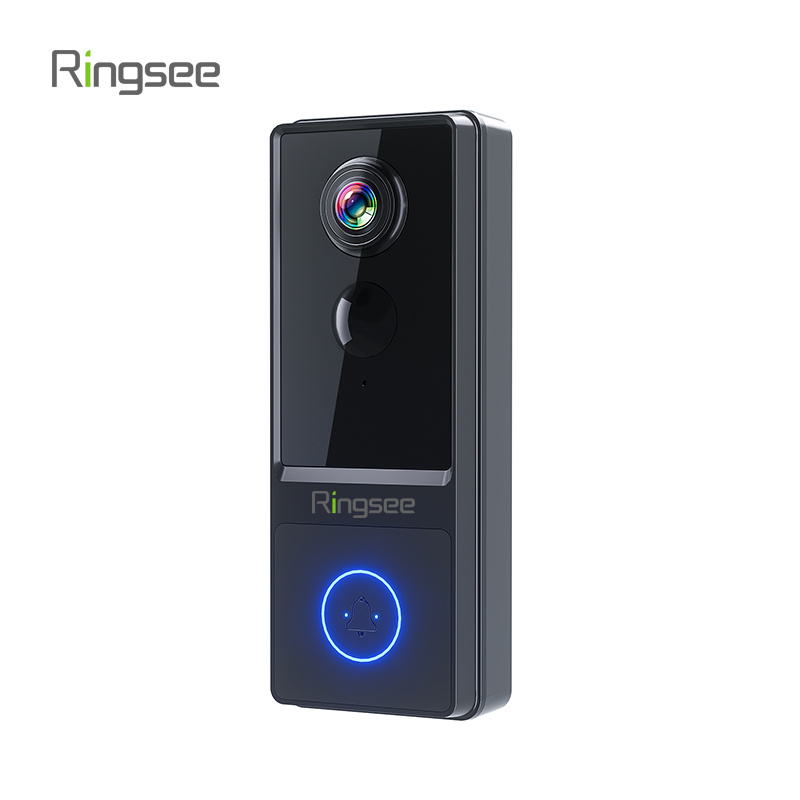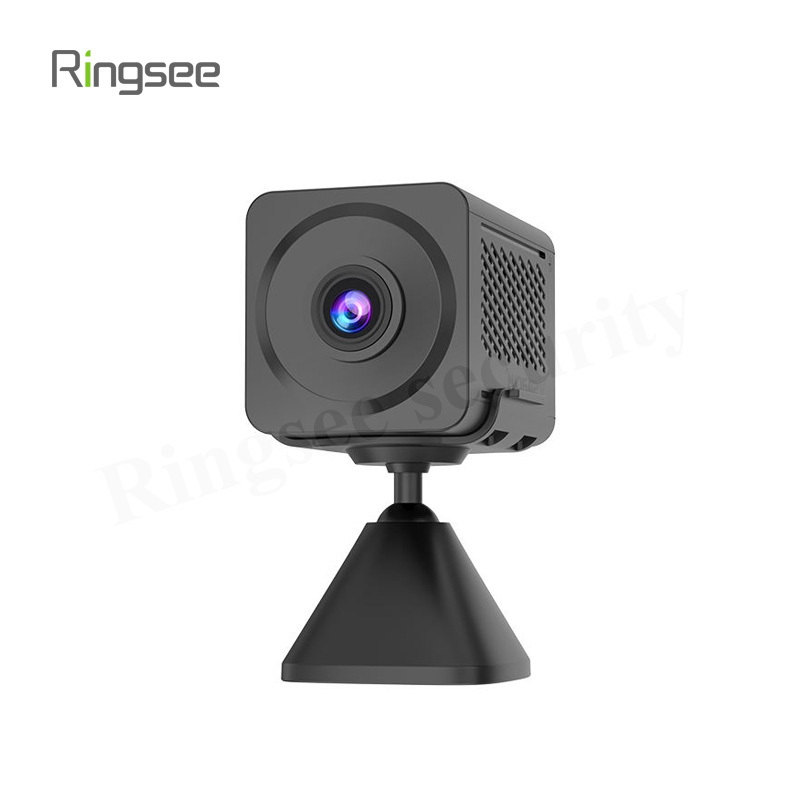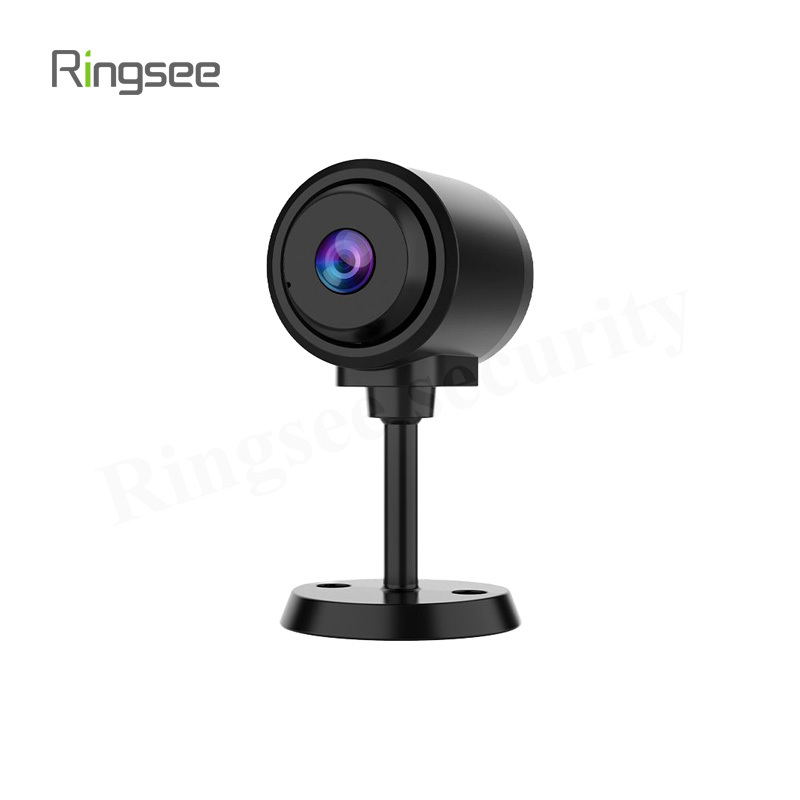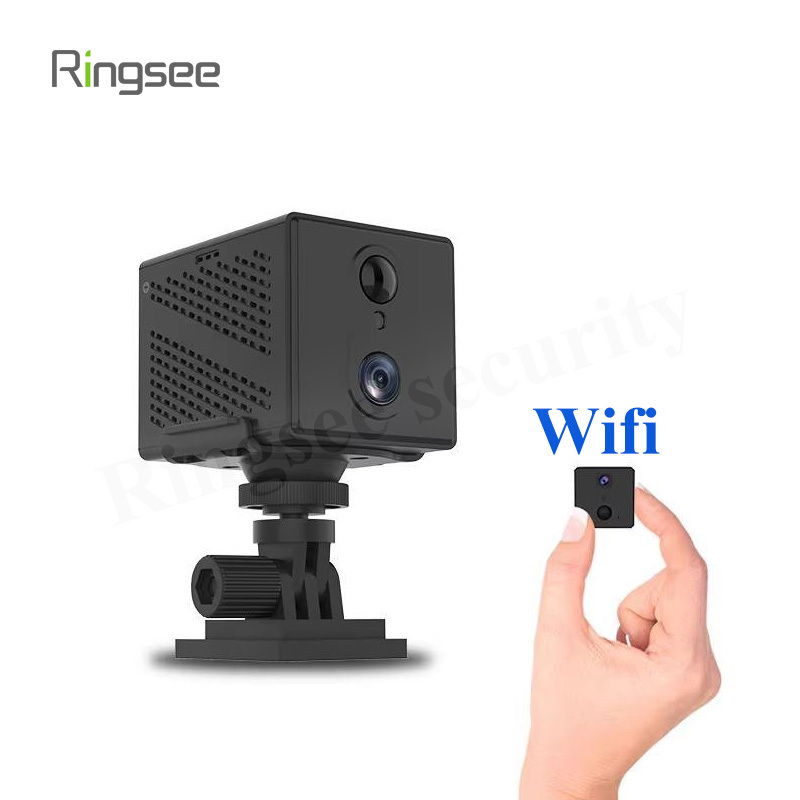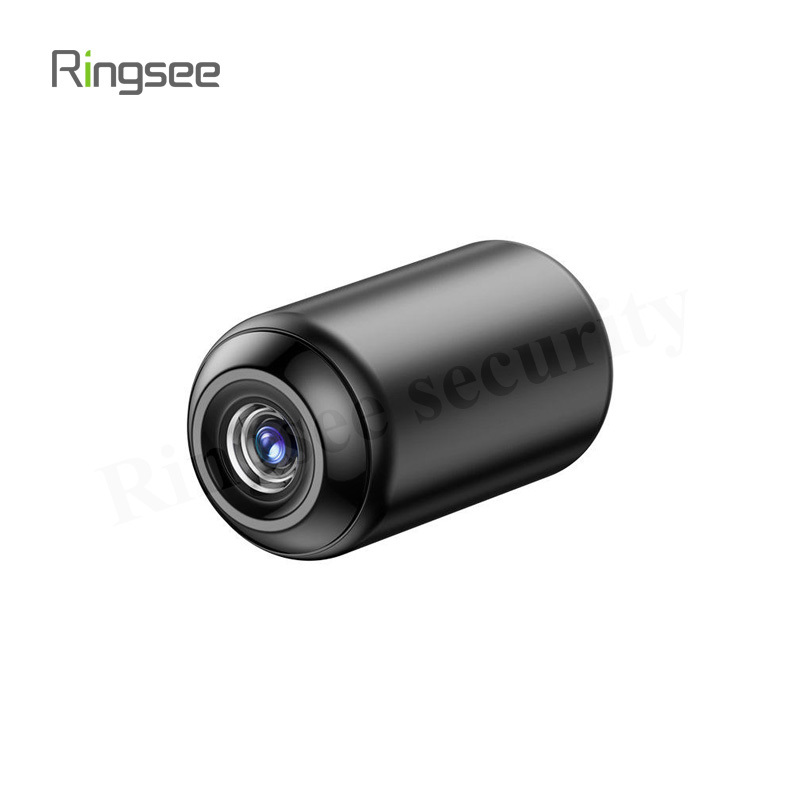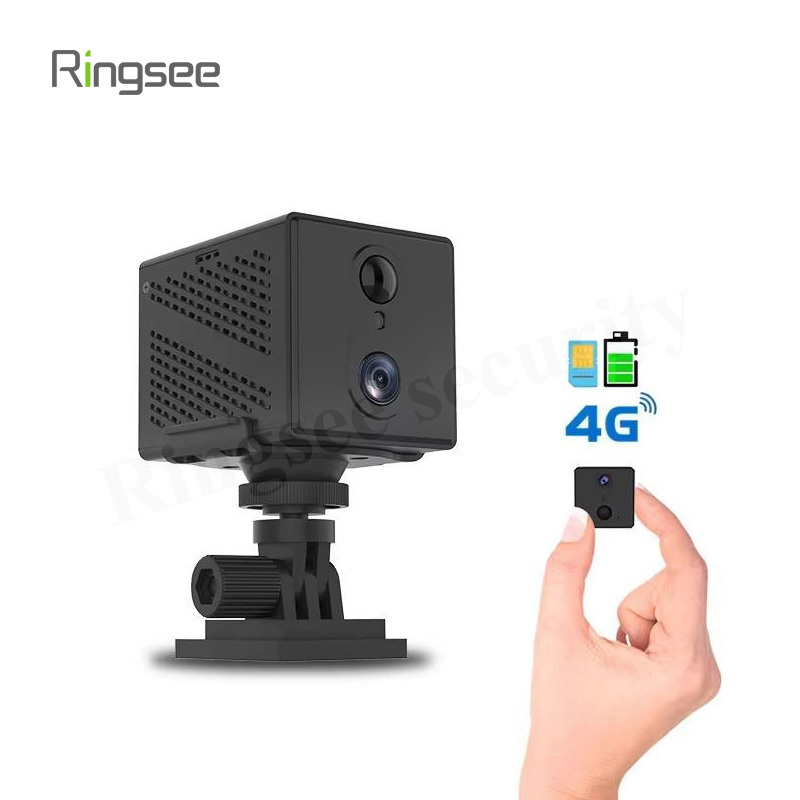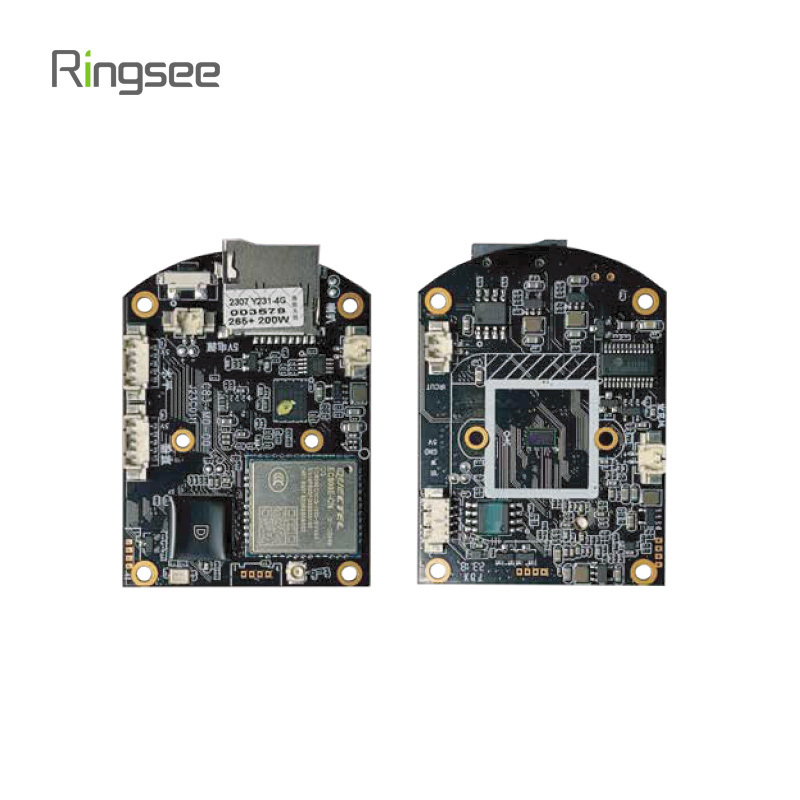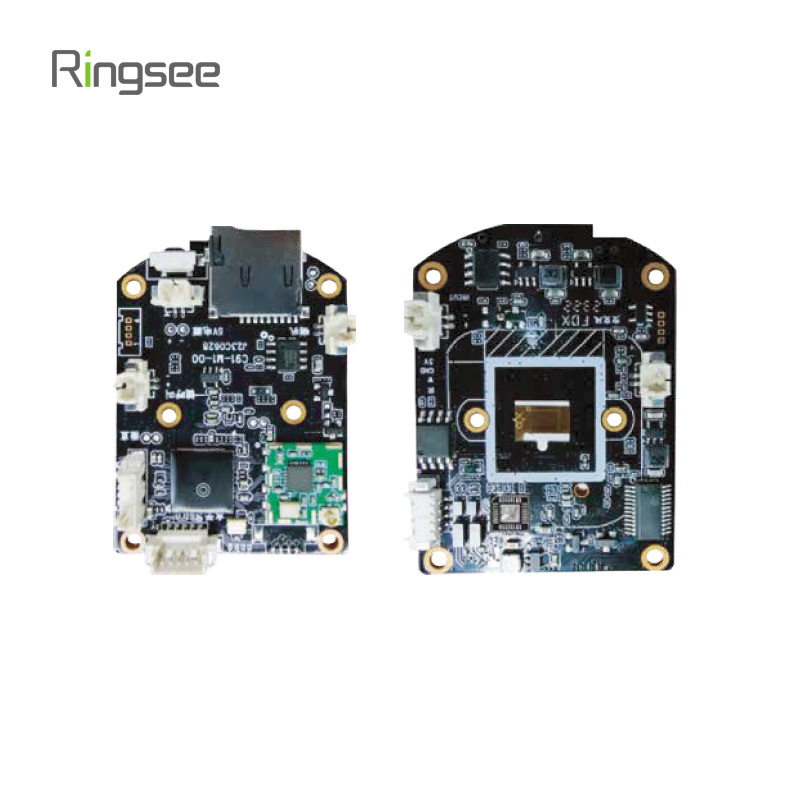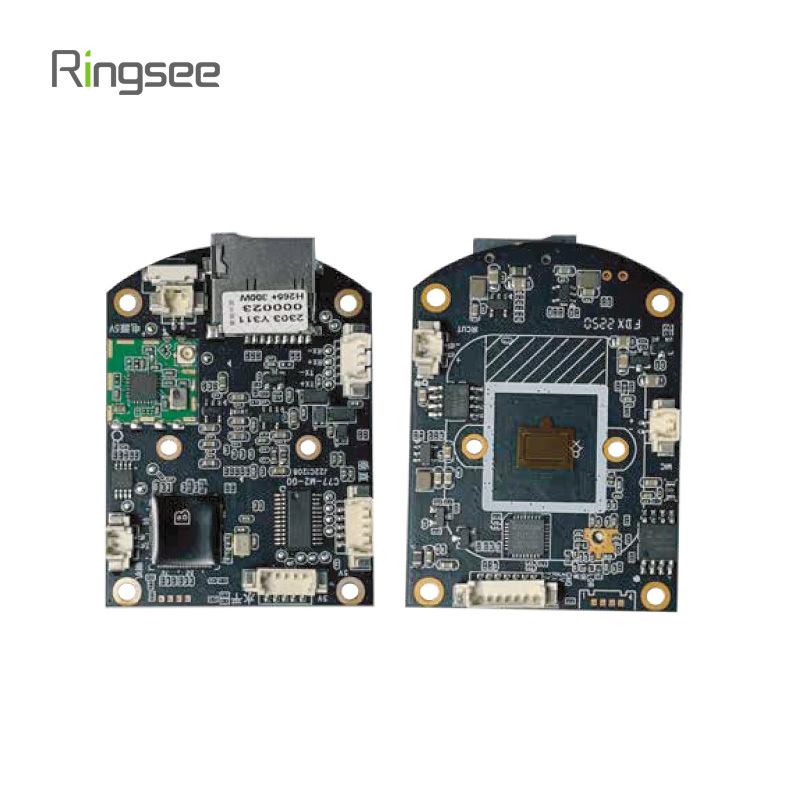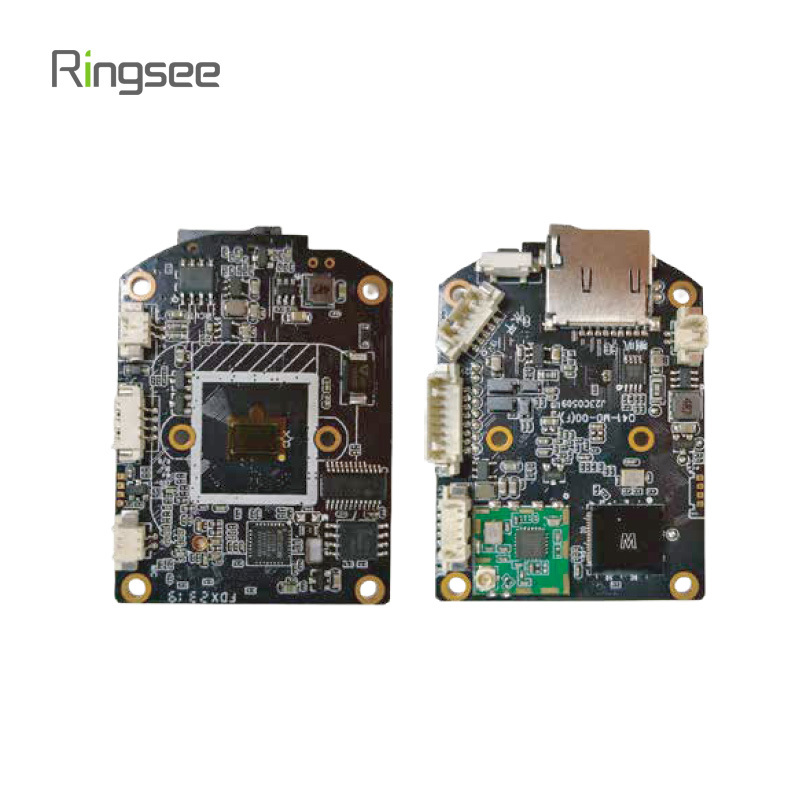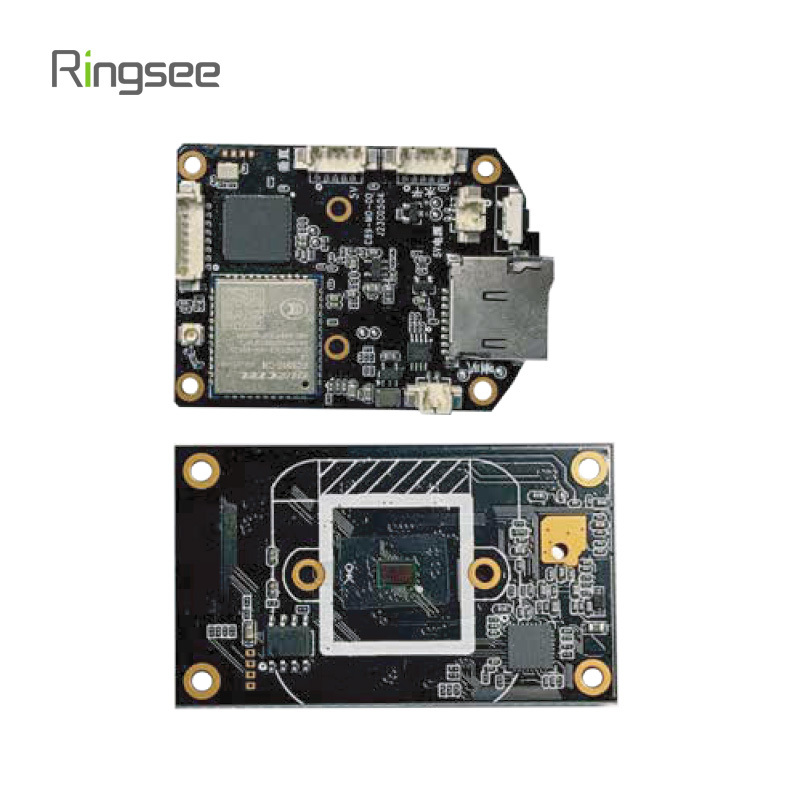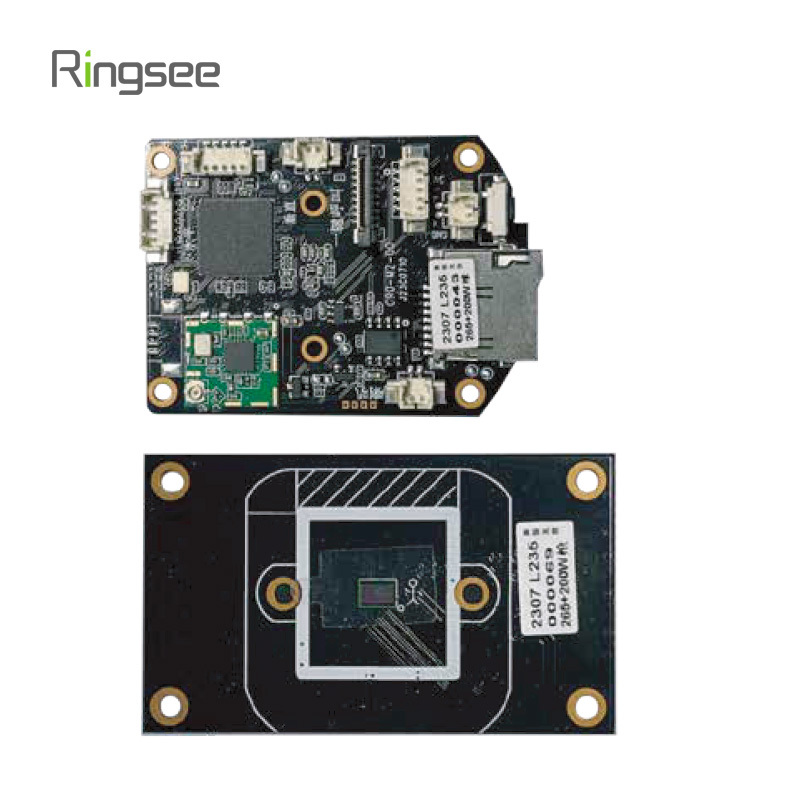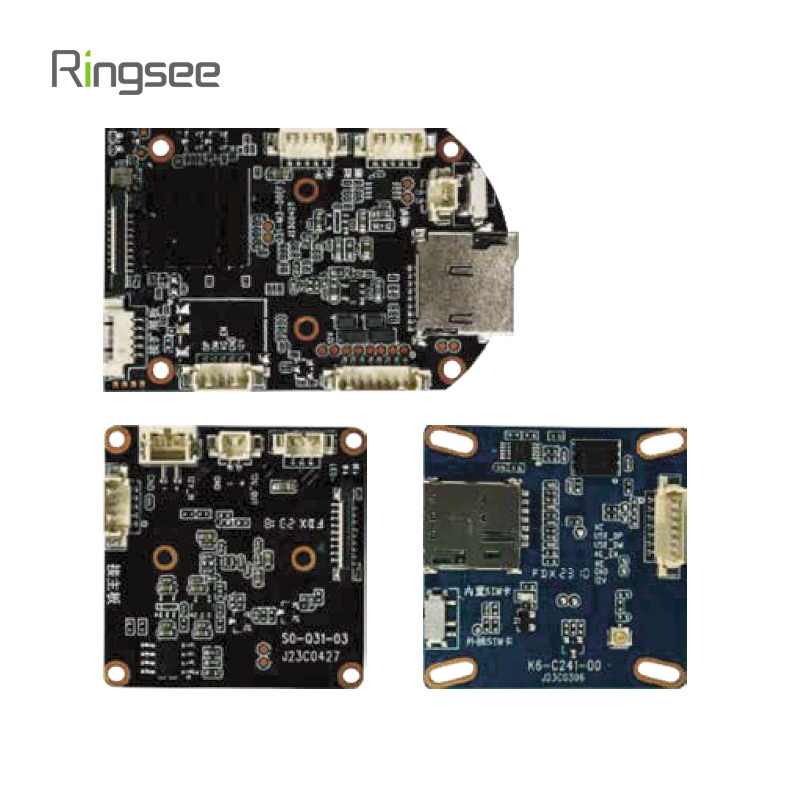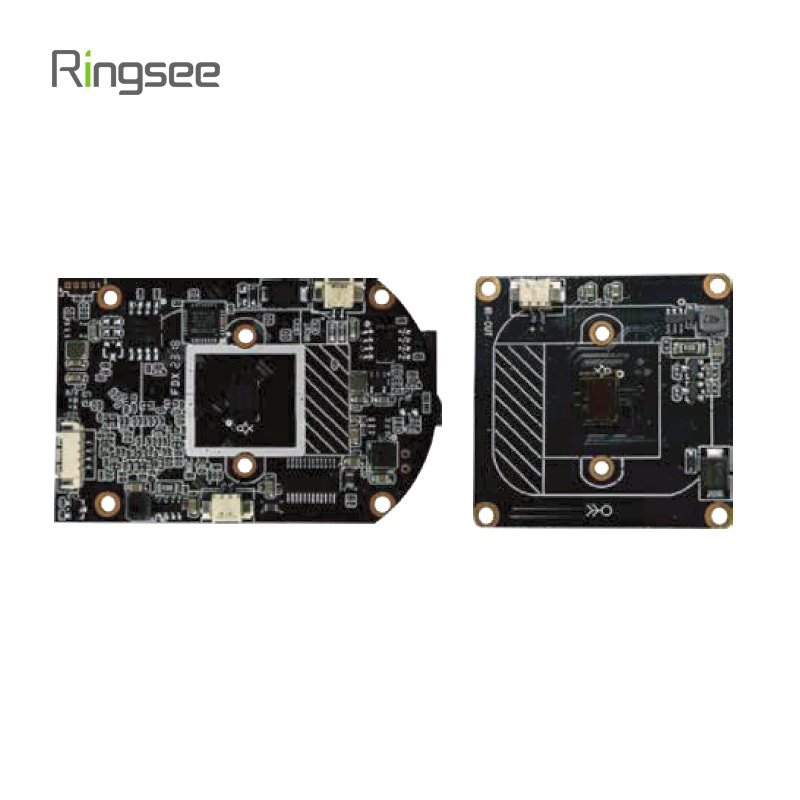
What ONVIF Profiles Should an Outdoor Camera Support?
Outdoor security cameras are no longer isolated devices — they are part of interconnected surveillance ecosystems that rely on interoperability. Whether you’re a manufacturer bringing products to market, an enterprise deploying large-scale security systems, or a system integrator connecting multi-brand devices, ONVIF compliance is a critical factor.
The Open Network Video Interface Forum (ONVIF) defines a set of standardized communication protocols, ensuring that IP-based security products from different vendors can work together seamlessly. Among the many ONVIF profiles, three stand out as must-haves for modern outdoor cameras:
Profile S – Streaming and Basic Control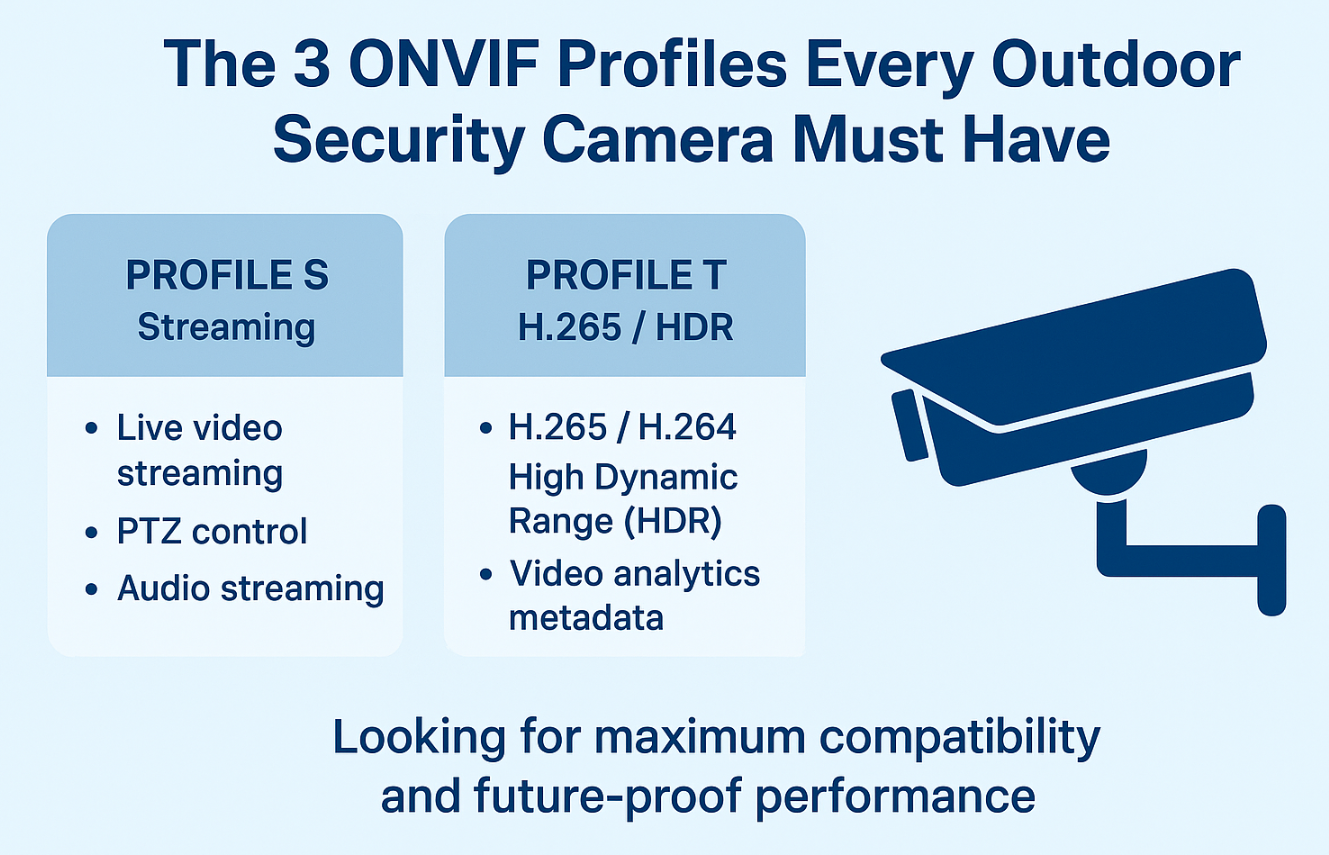
Purpose: IP video streaming and configuration
Key Functions:
Live video streaming via RTSP or HTTP
PTZ (Pan-Tilt-Zoom) control for cameras with movable lenses
Audio streaming support
Video configuration (resolution, bitrate, frame rate)
Why It Matters:
Profile S is the backbone of most Video Management System (VMS) integrations. Without it, your camera may have limited compatibility with third-party software, especially in mixed-brand security setups. For enterprises, Profile S ensures easy integration into existing networks without costly proprietary middleware.
Profile T – Advanced Video Compression and HDR
Purpose: High-efficiency video streaming and analytics support
Key Functions:
H.265 / H.264 compression for reduced bandwidth and storage
High Dynamic Range (HDR) for better detail in challenging lighting
Video analytics metadata for AI-driven detection (intrusion, motion, people counting)
Secure transmission via TLS encryption
Why It Matters:
With 4K outdoor cameras becoming common, H.265 compression dramatically lowers storage requirements while maintaining quality. HDR enhances image clarity in environments with mixed lighting, such as parking lots or building entrances. In addition, analytics metadata support enables integration with AI-based monitoring platforms — essential for proactive security.
Profile M – Metadata and Event Handling
Purpose: AI, metadata streaming, and IoT-style event integration
Key Functions:
Metadata transmission from video analytics (object type, position, classification)
Standardized event handling for alarms, triggers, and automated actions
Edge analytics integration with VMS for real-time decision-making
Cross-system event sharing (security, building automation, access control)
Why It Matters:
Profile M bridges video surveillance with smart building and IoT ecosystems. An outdoor camera that supports Profile M can share detection events (like “person entering restricted zone”) directly with access control systems or lighting automation, improving both security and operational efficiency.
Practical Recommendation for Outdoor Camera Buyers
When selecting an outdoor security camera — whether for a city-wide monitoring system, industrial facility, or enterprise campus — look for models that support all three profiles: S, T, and M.
This ensures:
Full compatibility with most professional VMS platforms
Future-proof performance for AI and metadata-driven systems
Reduced total cost of ownership by avoiding proprietary lock-ins
For manufacturers, offering these profiles is no longer optional; it’s a market expectation. For end users and system integrators, these profiles are the foundation of a scalable, intelligent security ecosystem.
Bottom Line:
An outdoor security camera with ONVIF Profile S, T, and M support is not just a piece of hardware — it’s a flexible, interoperable, and future-ready node in your surveillance network. Whether you are building for today or planning for tomorrow’s AI-driven systems, these profiles ensure your investment delivers long-term value.
Links:One Belt Power Technology
Add: 14th Floor, Baoshan Building, Longhua District, Shenzhen China.
Privacy Policy | SEO | CitySite | Support: 300.cn Dongguan
COOKIES
Our website uses cookies and similar technologies to personalize the advertising shown to you and to help you get the best experience on our website. For more information, see our Privacy & Cookie Policy
COOKIES
Our website uses cookies and similar technologies to personalize the advertising shown to you and to help you get the best experience on our website. For more information, see our Privacy & Cookie Policy
These cookies are necessary for basic functions such as payment. Standard cookies cannot be turned off and do not store any of your information.
These cookies collect information, such as how many people are using our site or which pages are popular, to help us improve the customer experience. Turning these cookies off will mean we can't collect information to improve your experience.
These cookies enable the website to provide enhanced functionality and personalization. They may be set by us or by third-party providers whose services we have added to our pages. If you do not allow these cookies, some or all of these services may not function properly.
These cookies help us understand what you are interested in so that we can show you relevant advertising on other websites. Turning these cookies off will mean we are unable to show you any personalized advertising.

